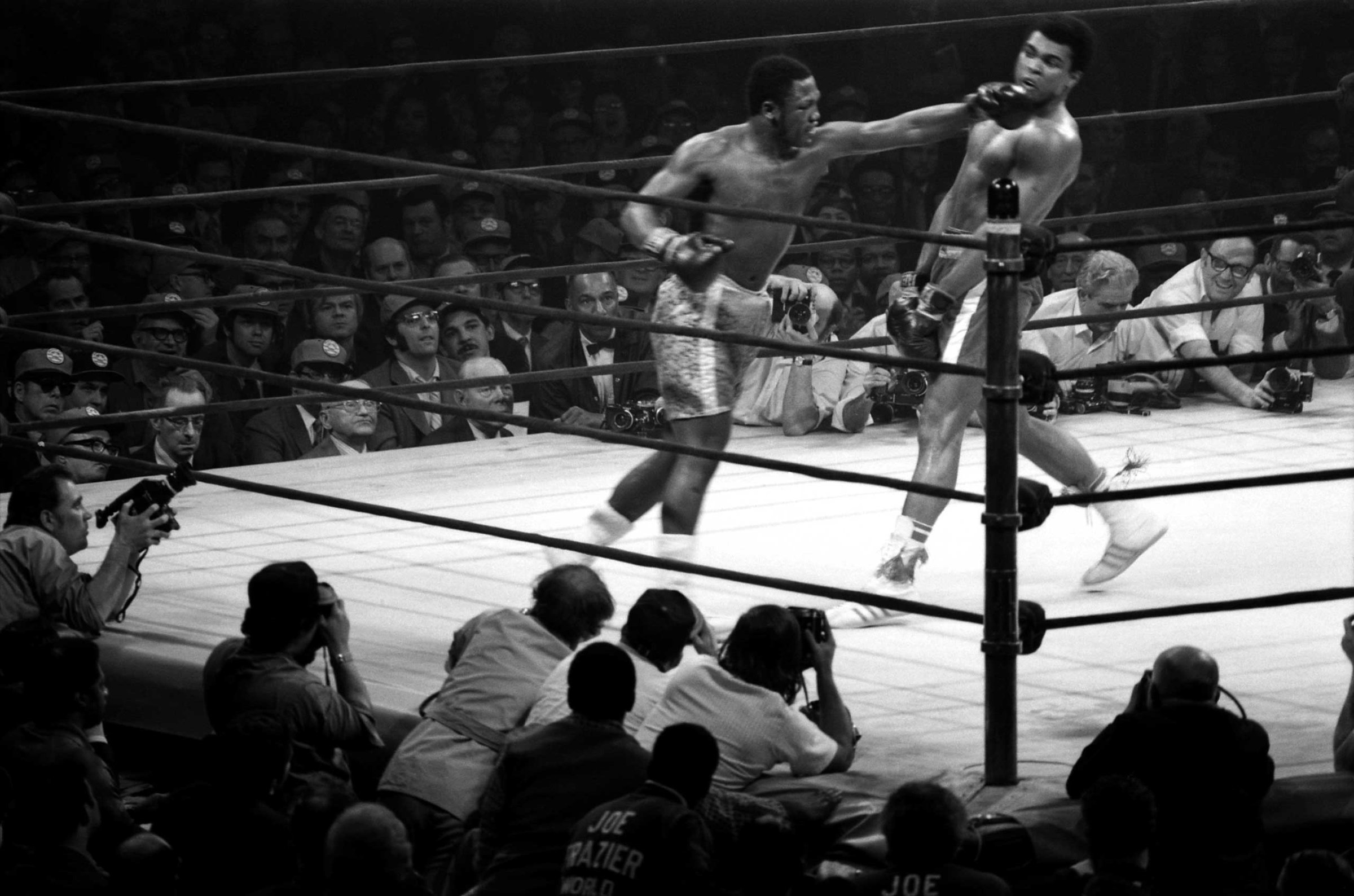
After refusing to register for the draft in 1967 — at the very height of his career — 25-year-old Muhammad Ali was stripped of his heavyweight championship title and endured a forced layoff from the ring for three years. In 1971, after winning the appeal of his conviction and five-year prison sentence before the U.S. Supreme Court, the former champ returned to boxing, fighting a few bouts against lesser (albeit ranked) rivals before facing the title-holder, Philadelphia’s “Smokin’ Joe” Frazier.
Long before the first bell of their March 1971 fight sounded, the contest was billed as “The Fight of the Century” and, amazingly, it lived up to the hype. That night, a star-studded crowd watched two of the greatest fighters who ever lived battle for supremacy in the world’s premier sports arena.
Frazier had earned the heavyweight belt a year earlier. “I often felt bad for Joe,” photographer John Shearer told LIFE.com, recalling the weeks and months he spent with both fighters before the bout at New York’s Madison Square Garden. “He was completely miscast as the bad guy in the fight. In so many of the pictures I made of him that winter, when he’s with friends and relaxed, there’s something genuinely charming there — but something in his face suggests that if you scratched the surface, you’d find a world of other feelings.”
“The pictures I made of Ali training in Chris Dundee’s Miami Beach gym, meanwhile, are incredibly revealing in another way,” Shearer said, “not least because you can see that Ali had a belly. And this is not all that long before the fight. He just wasn’t in the kind of shape he needed to be in to battle a warrior like Joe Frazier.”
Many of Shearer’s photos of Frazier — including several in this gallery — make the clear case that Frazier simply wanted the title more than Ali. He was fighting, scratching and clawing for it long before the two men stepped into the ring.
“When I see the pictures I made of Joe running by himself, for example,” Shearer says, “the one thing that strikes me, maybe even more now than when I was making the photos, is his discipline. He was training, training, training. He was driven. And in many ways, he was a man alone.”
“That fight was the last time Ali took Joe for granted,” Shearer says. “I wonder if, deep down, he hit a point in Miami where he looked for that fire, that drive, and it just wasn’t there. You know — you want to fight, you want to hold that title belt again, but you can’t make yourself run those extra few miles at five in the morning, or spar for twenty more minutes every single day.”
Another aspect of Frazier that Shearer captured before the title belt was his creative self. Frazier was a singer and a performer, with his own band — and with his own backup singers, the Knockouts — and the truth is, he wasn’t bad.
“The two places Frazier communicates best,” wrote LIFE’s Thomas Thompson in a March 1971 cover story for the magazine, “are in the ring, when a cloak of menace and fury drops over him, and on a nightclub stage, where he sings with strength and sincerity.”
“The image of Frazier remained, unfairly and for the longest time, that he was just another fighter,” says Shearer. “That he was just another guy with his nose pushed off to the side of his face. But he felt, strongly, that he was every bit as articulate as Ali and, as importantly, perhaps, that he was every bit the showman that Ali was.”
As for the bout itself, one of the key factors that ratcheted up the rhetoric was the record purse offered both fighters. As LIFE observed in its March 5, 1971 issue: “[Ali] and Frazier are both going to get $2.5 million the morning after the fight whether anybody comes or not. A flat $2.5 million. Guaranteed. The most money ever paid to any man for a maximum 45 minutes’ work.”
“It was electric in the Garden the night of the fight,” Shearer remembers. “It was the night of the great showdown between the era’s two gladiators, and there was a sense that the unprecedented hype for the fight might actually fall short of the reality. And, remember, without a doubt it was a very, very pro-Ali crowd. They all came to see him win, to see him destroy Joe Frazier.”
That’s not the way it worked out, though. The relentless, punishing Frazier stalked and pummeled Ali all night, and in the 15th and final round floored him, for only the third time in Ali’s career, with an absolutely titanic left hook. Ali got back on his feet quickly, but the damage, literally and figuratively, had been done. Frazier won by unanimous decision, and held on to the crown until losing it in spectacular fashion to George Foreman two years later, in 1973.
“Frazier didn’t fight by going for the head, the way a lot of other boxers did against Ali,” Shearer remembers. “He went after Ali’s body the whole fight, pounding away, taking terrible blows to the head himself. You know, you keep whacking at the base of the tree, and the tree is going to come down. And that’s what happened. That’s really the story of that first, unforgettable fight between those two great champions.”
— Ben Cosgrove is the Editor of LIFE.com
Liz Ronk, who edited this gallery, is the Photo Editor for LIFE.com. Follow her on Twitter at @LizabethRonk.


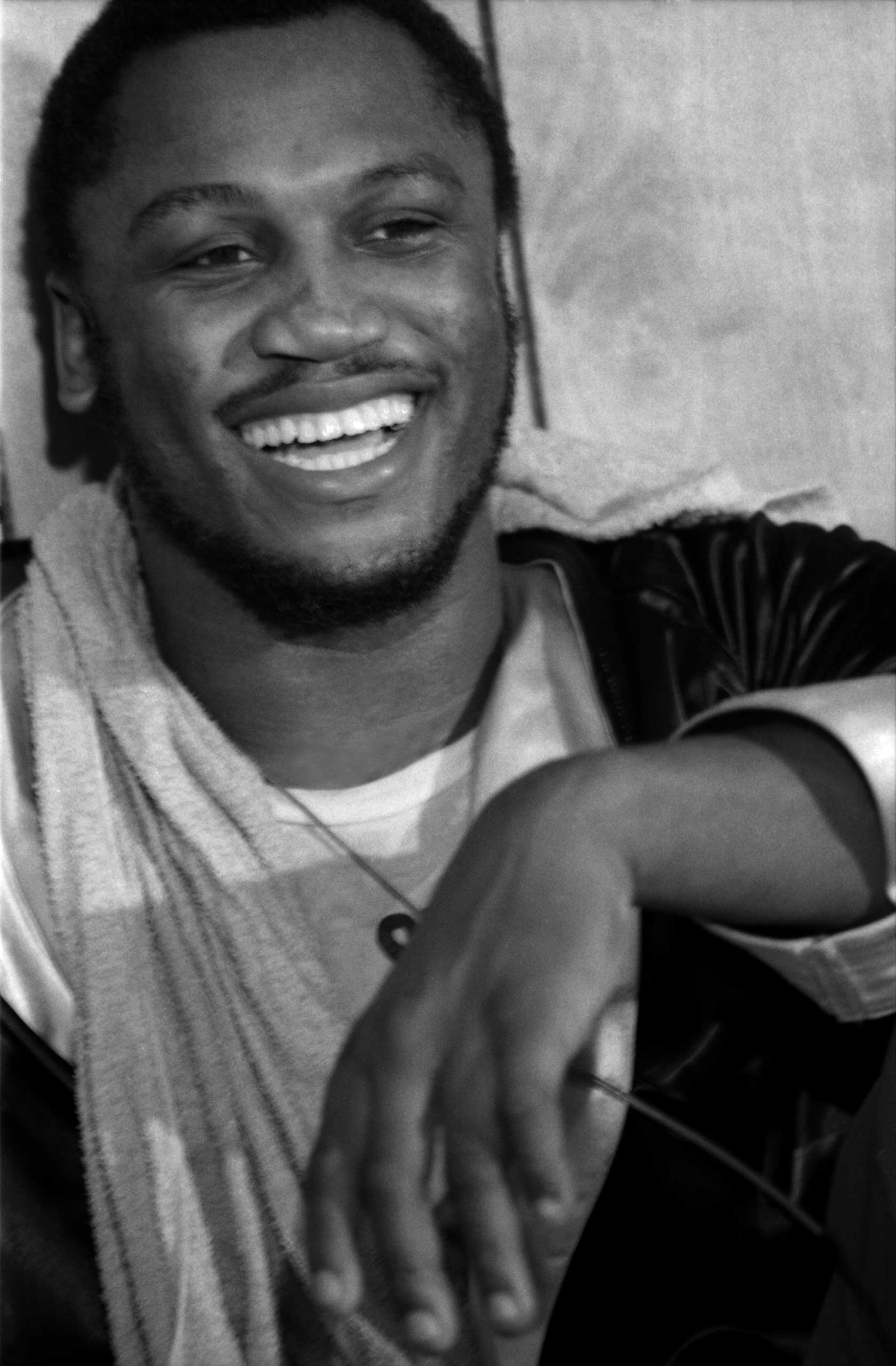

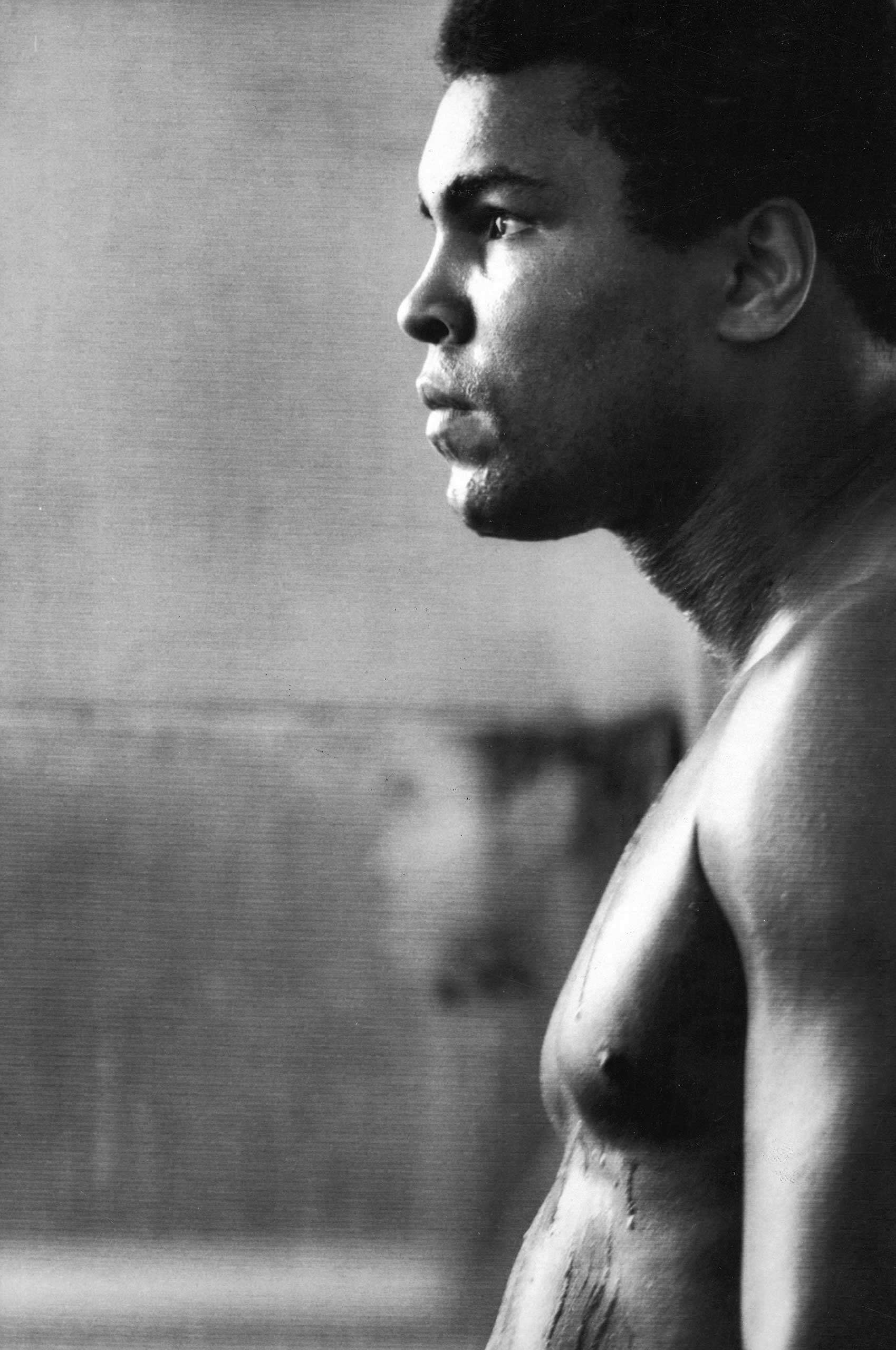
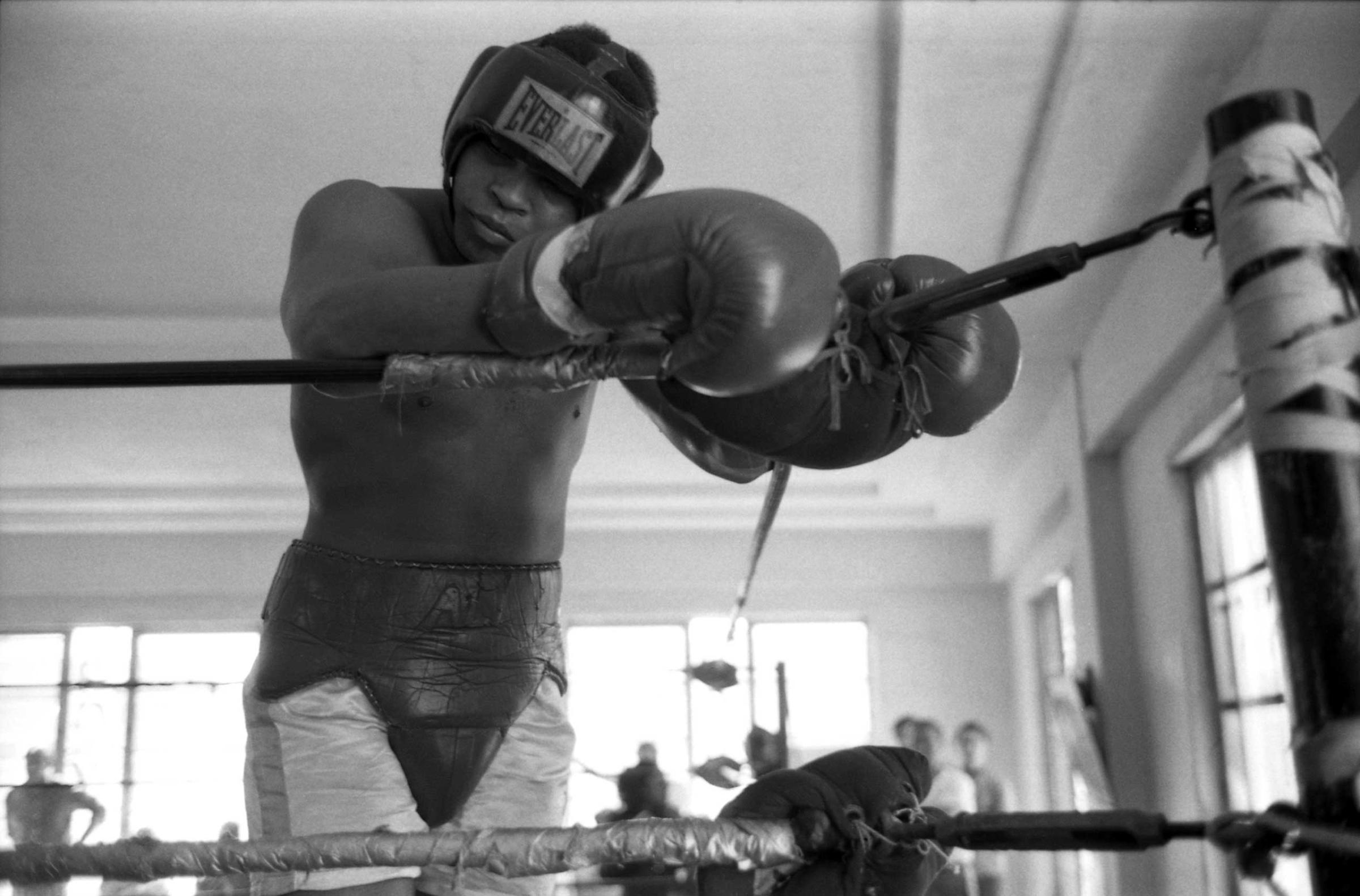

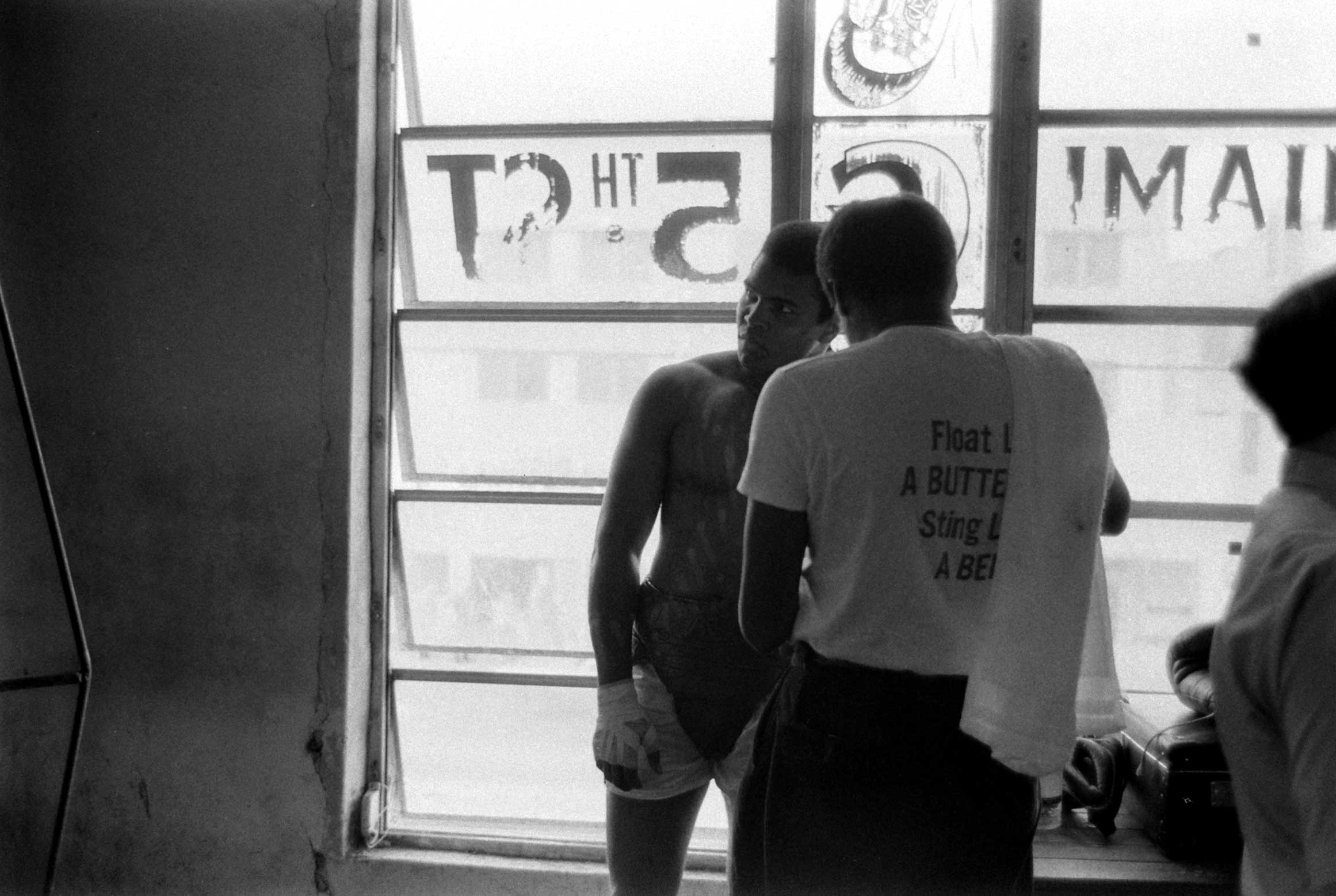


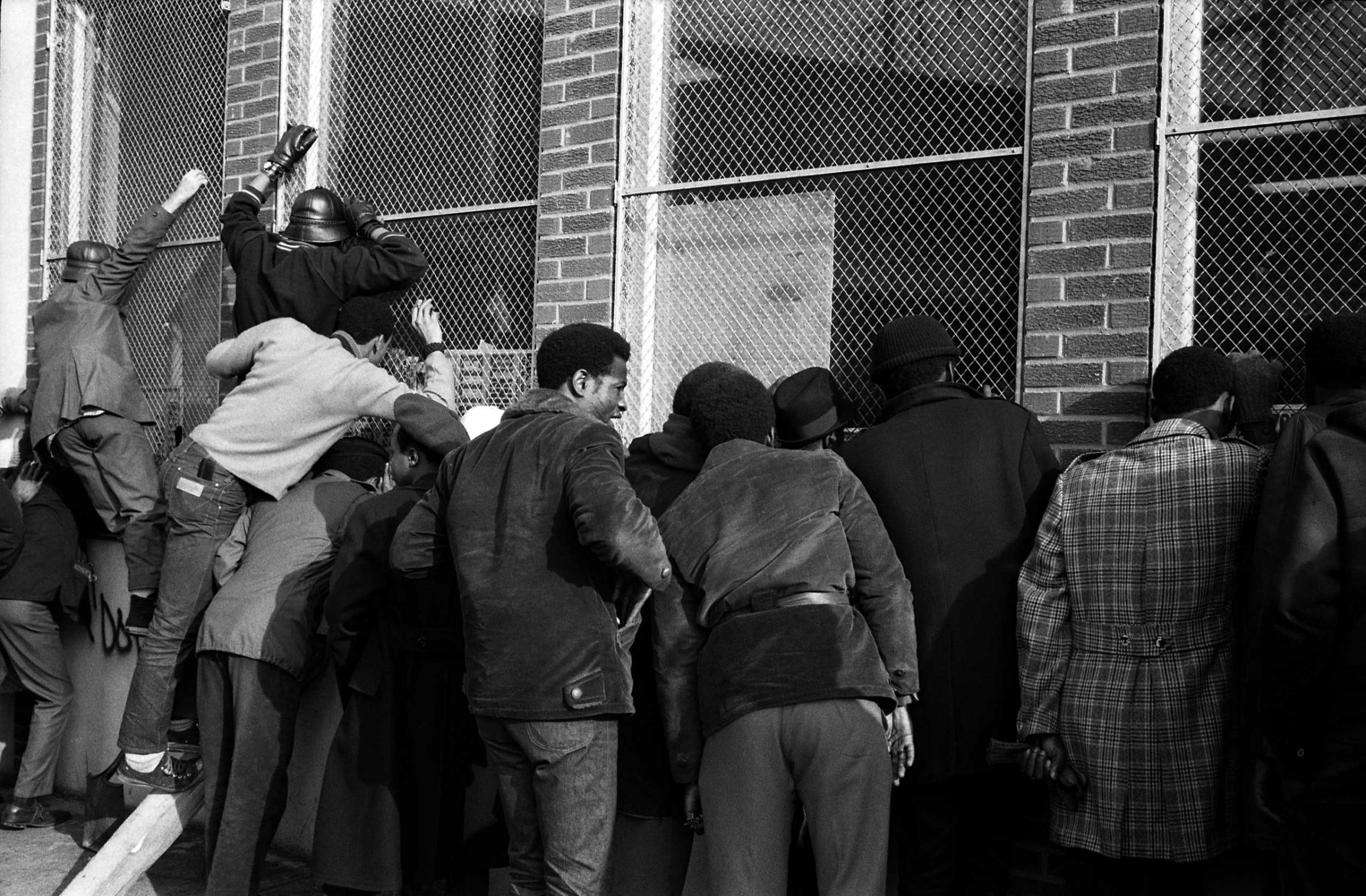
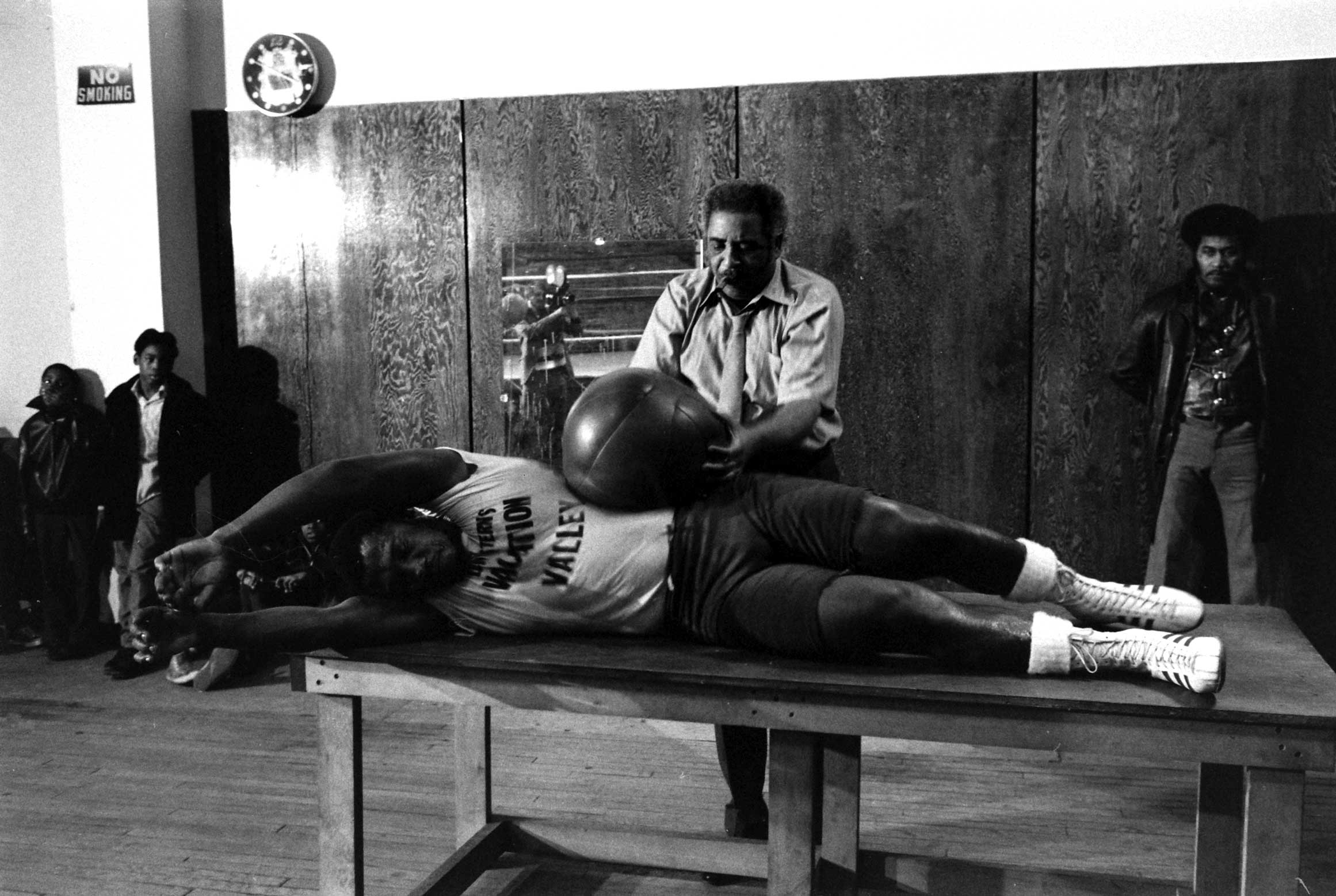
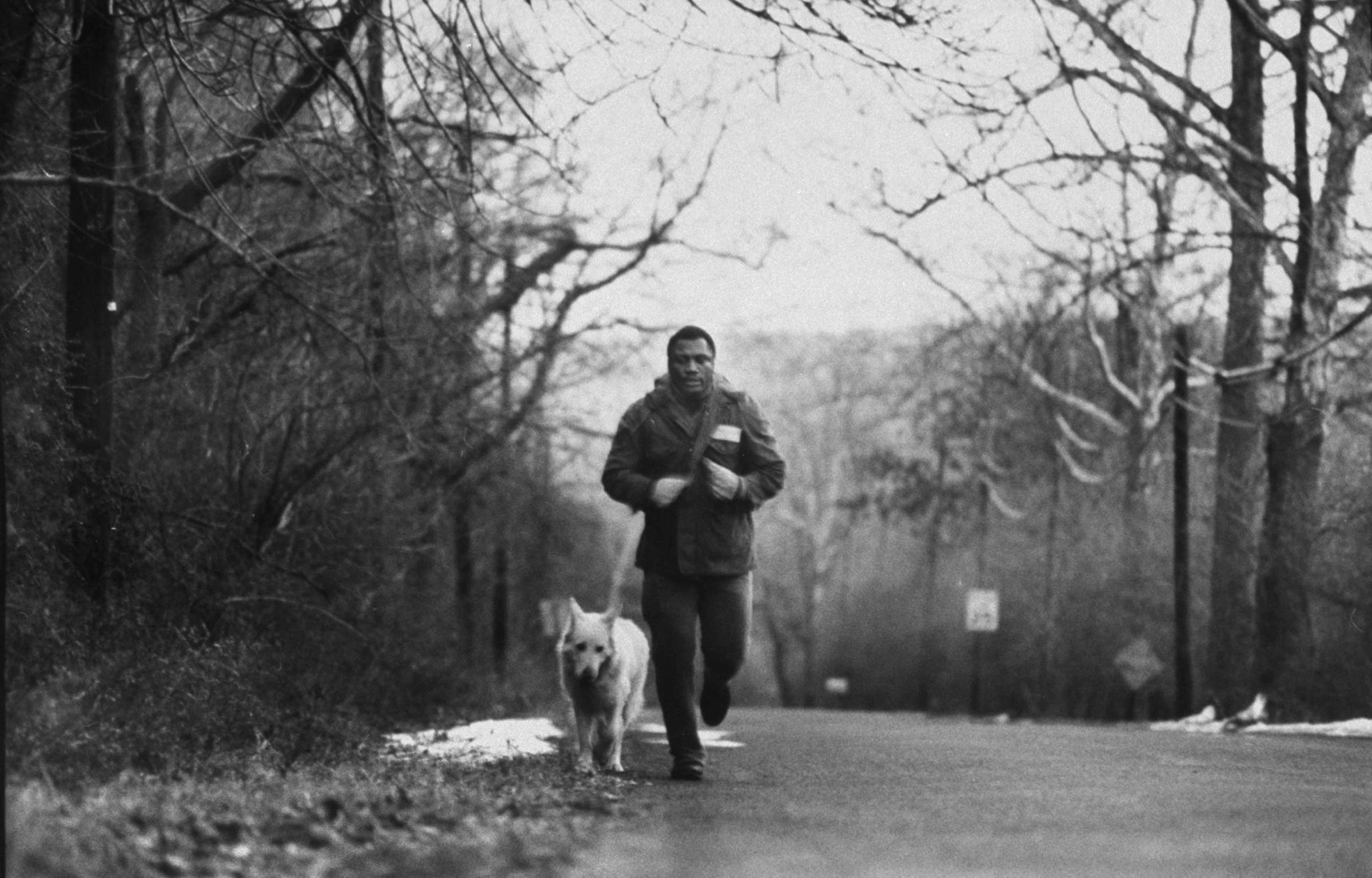
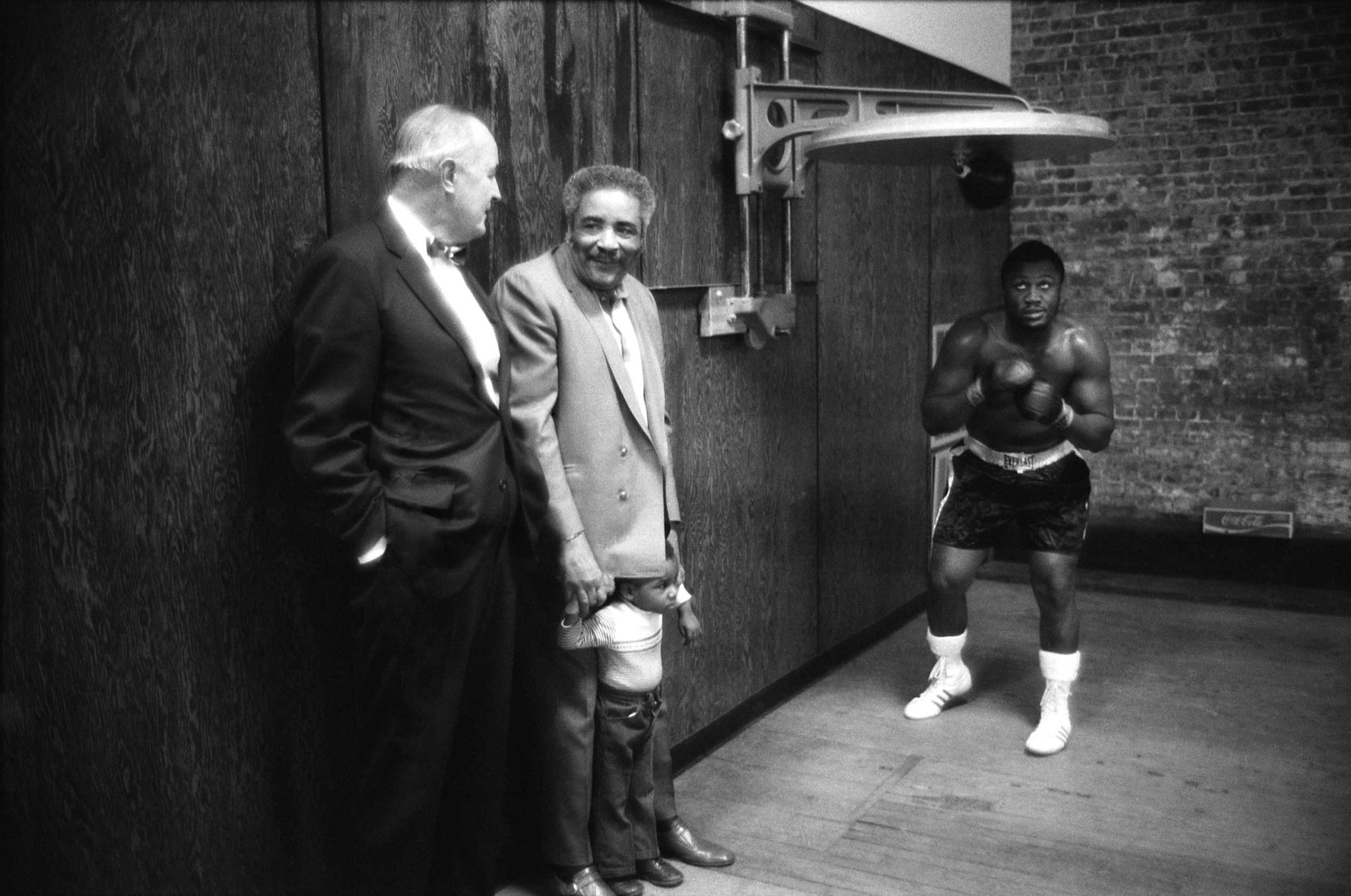

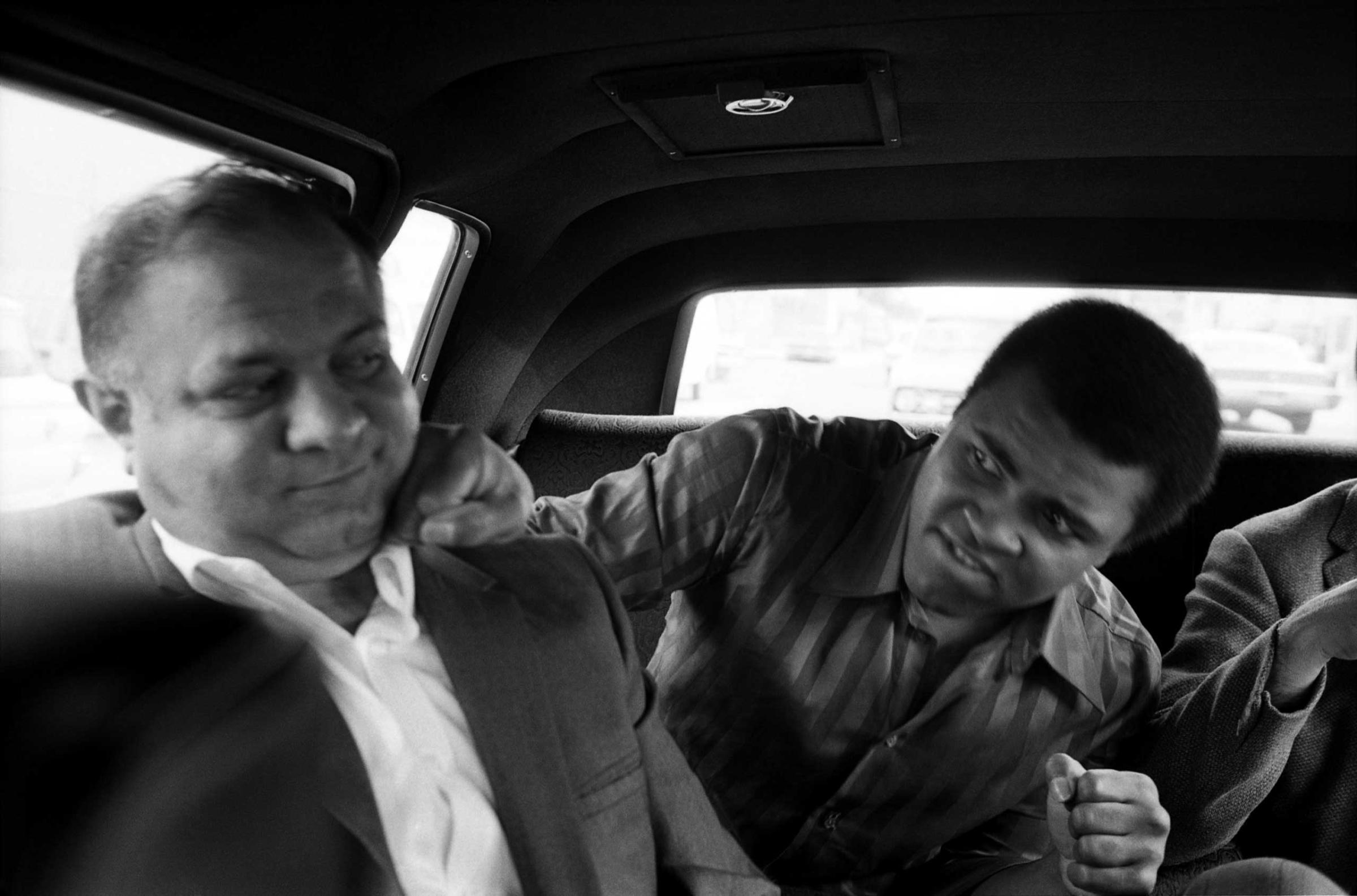
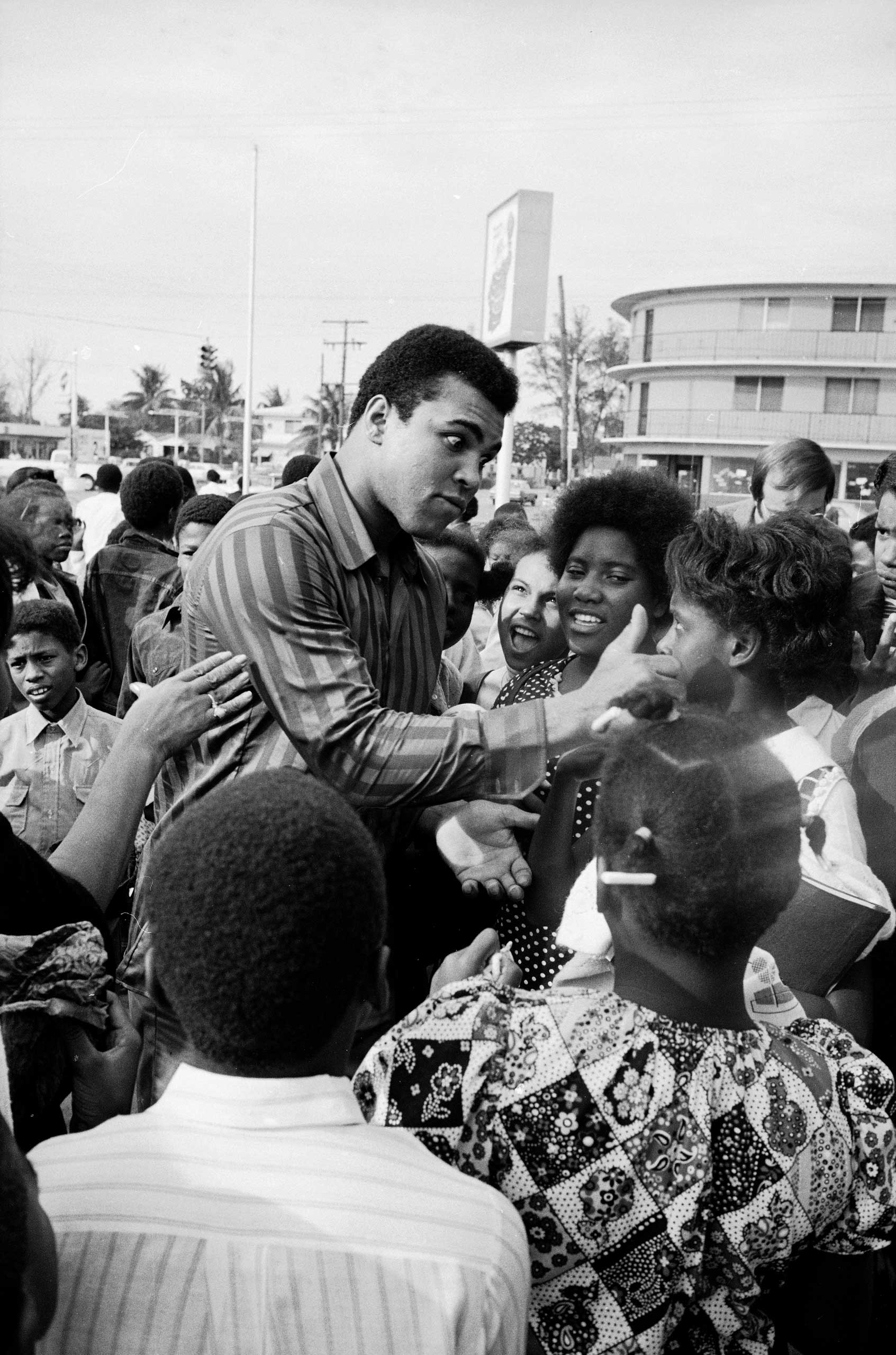
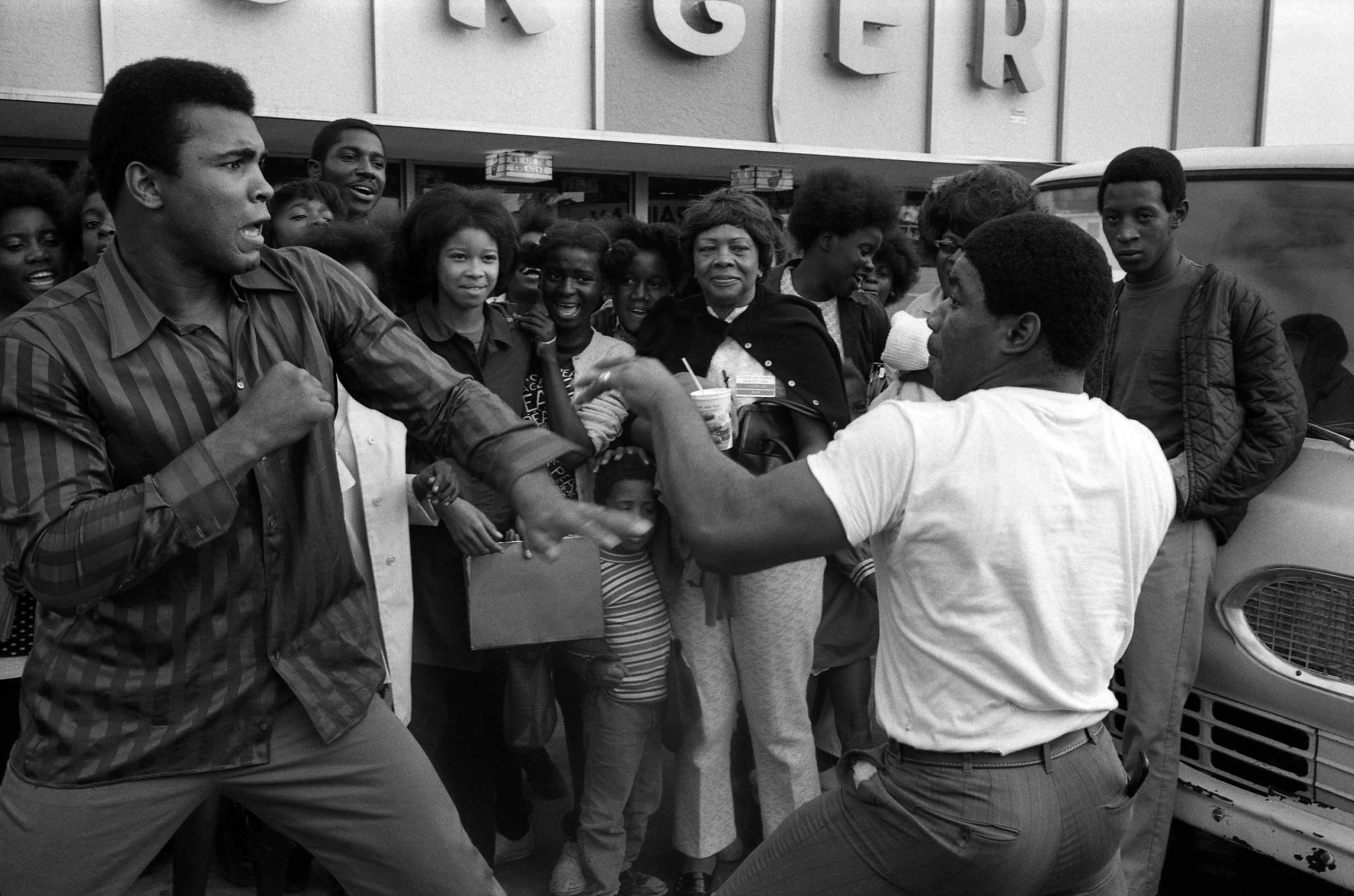
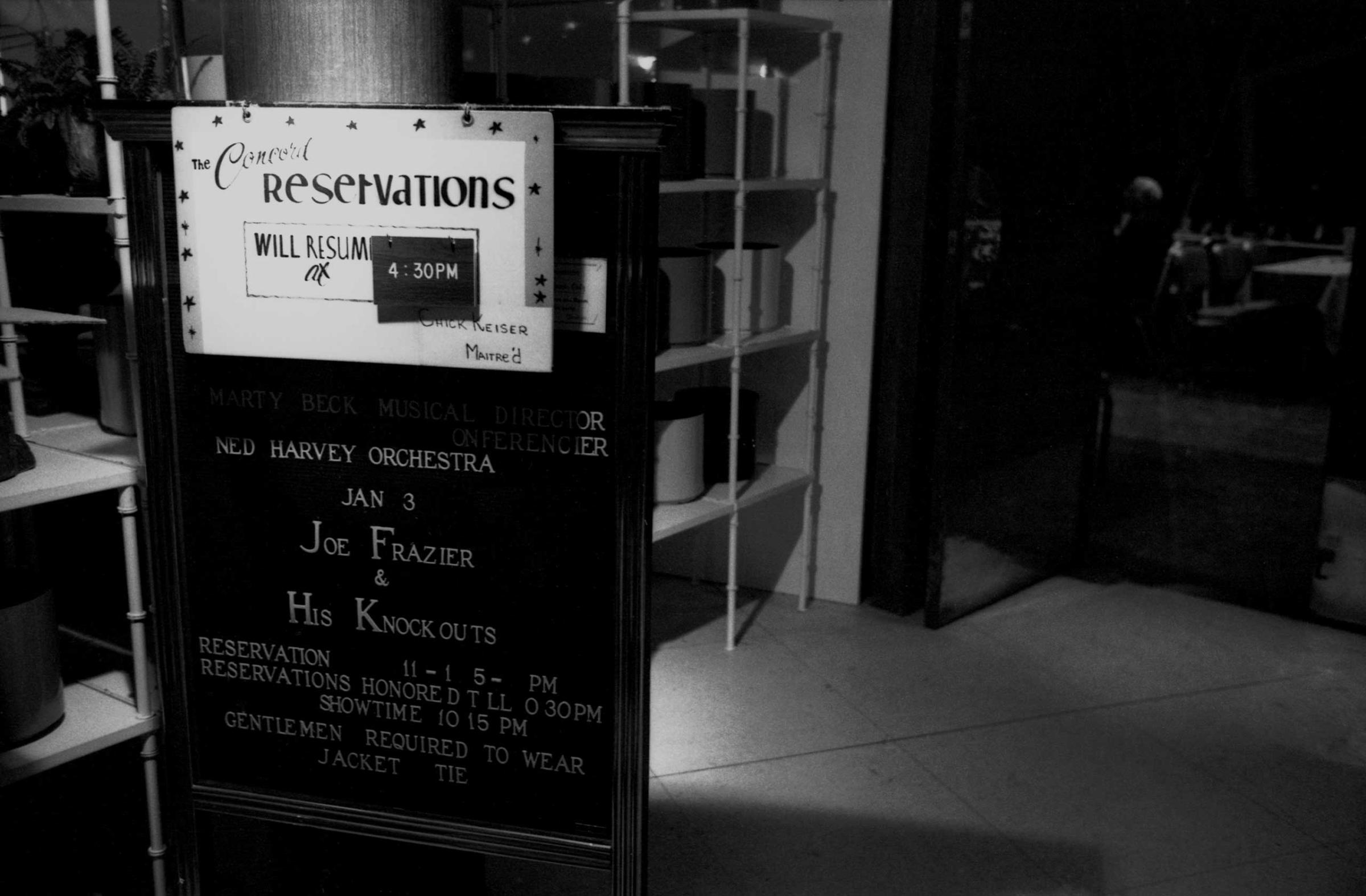
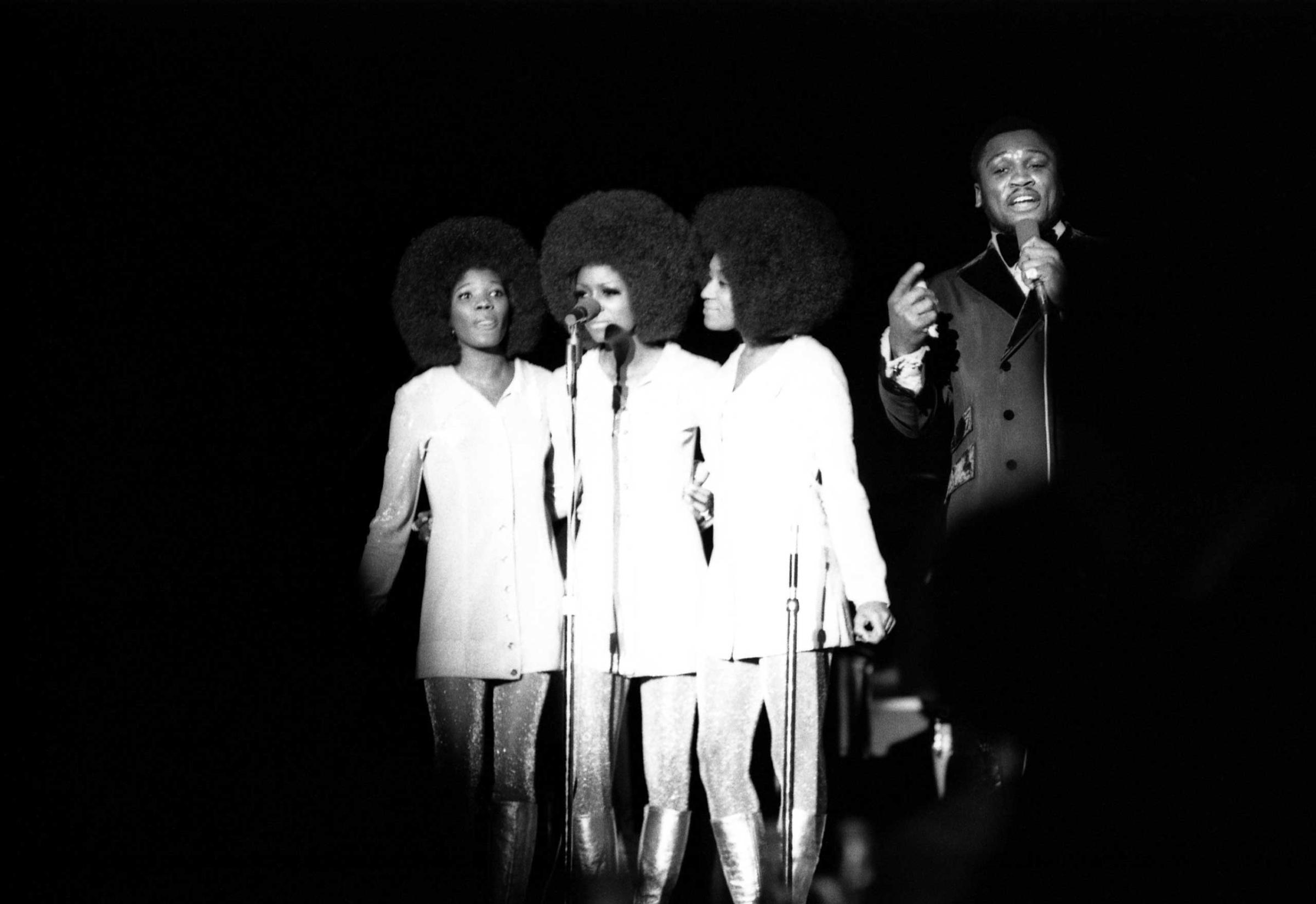
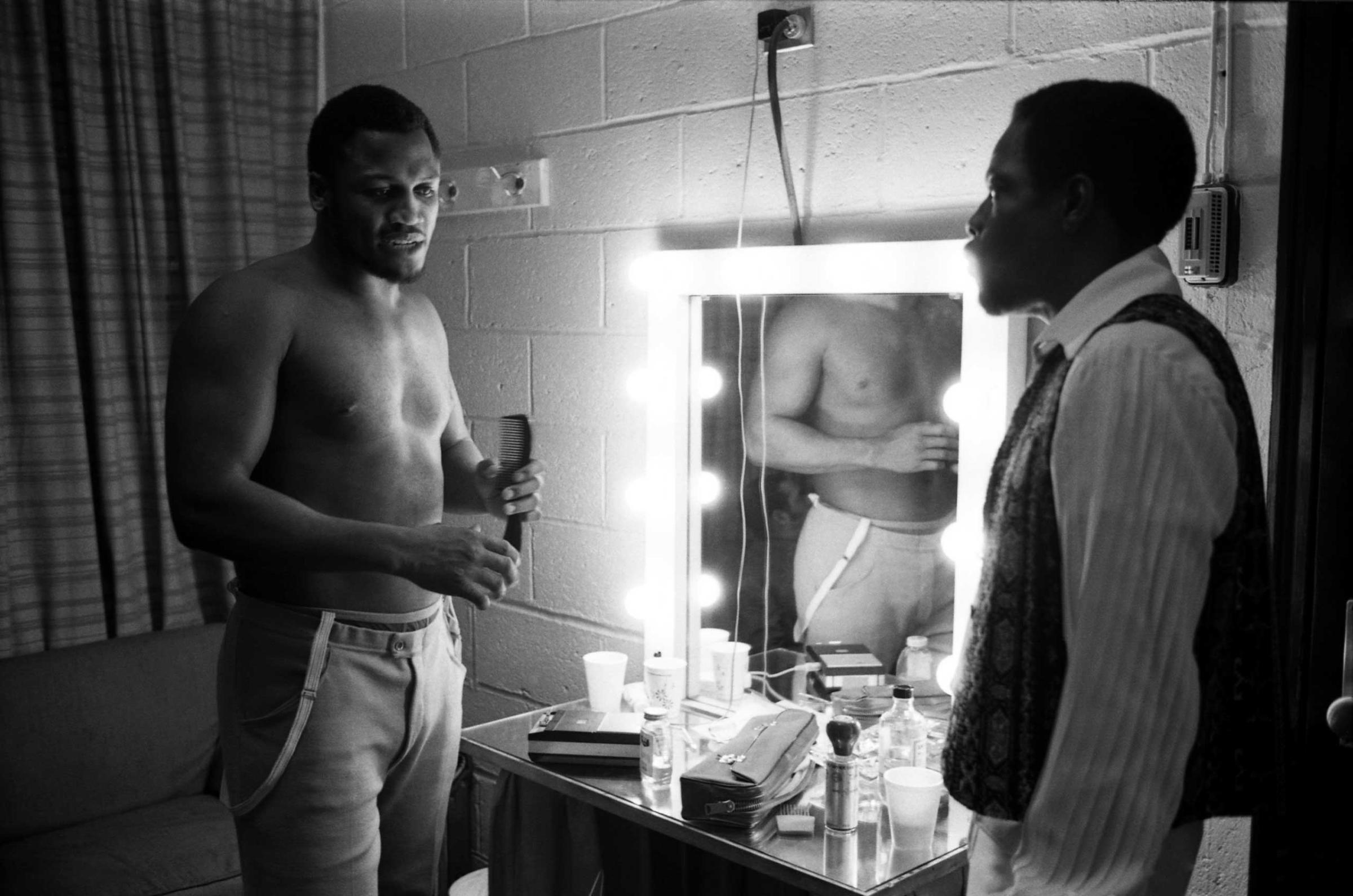
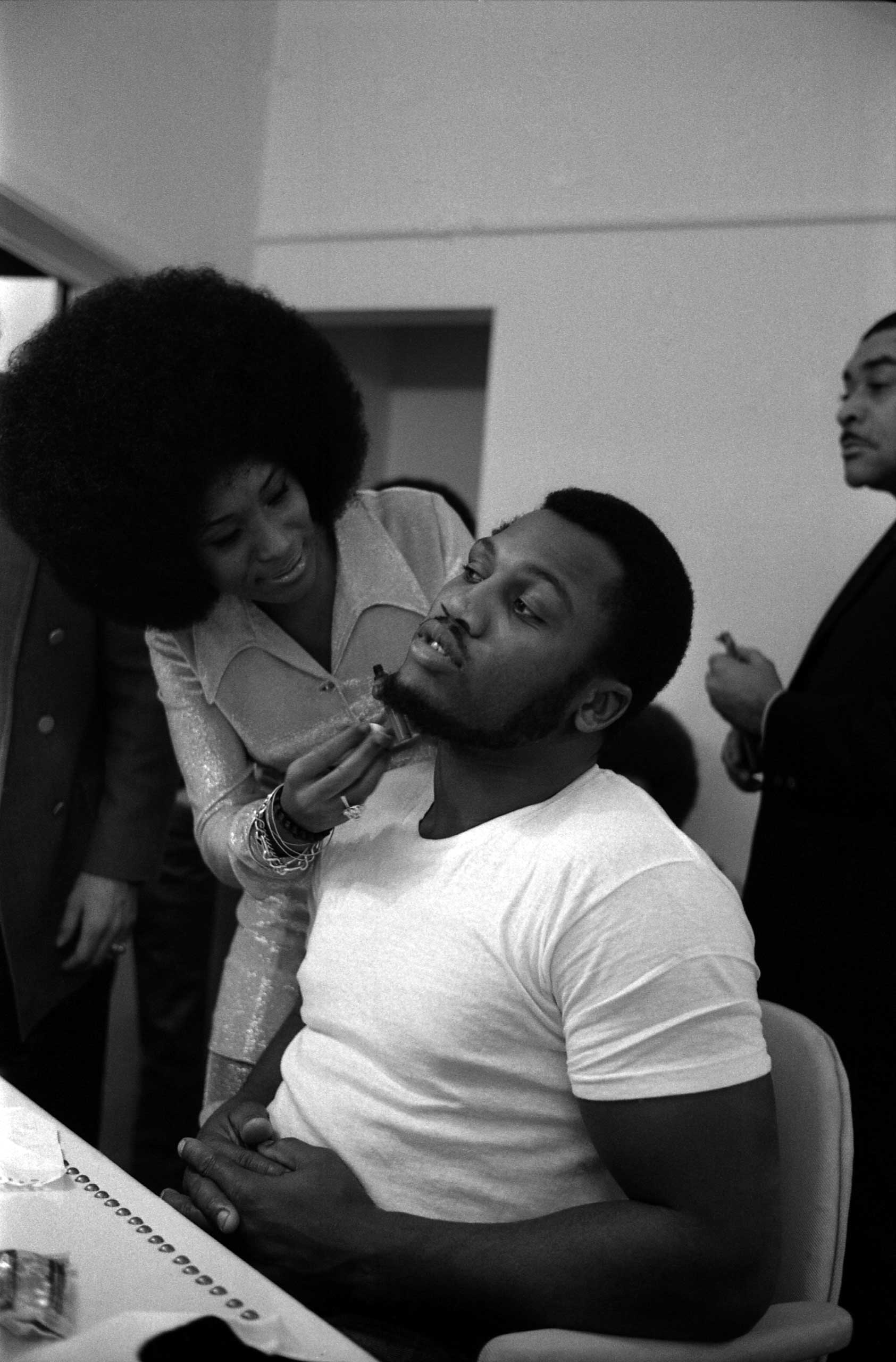
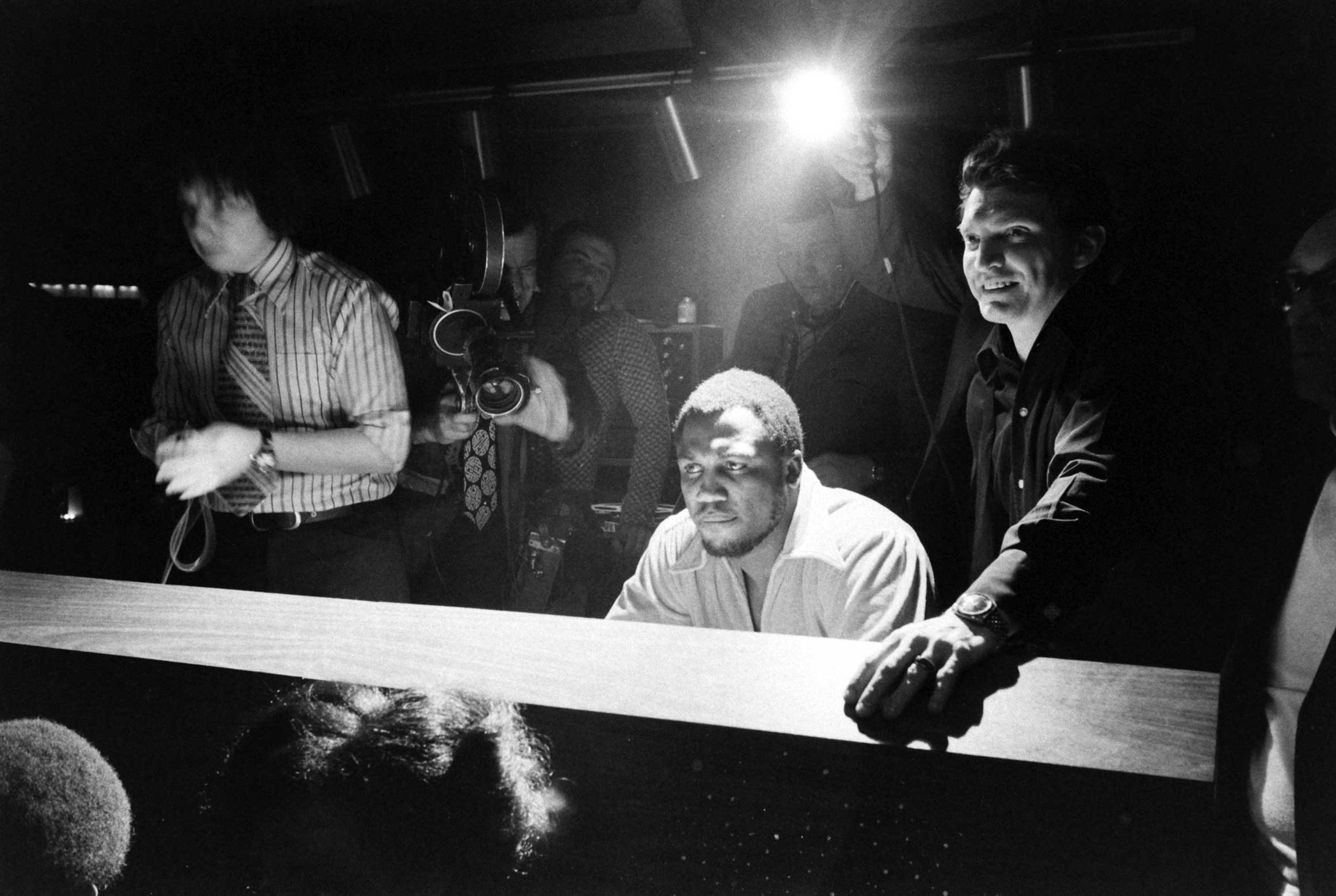
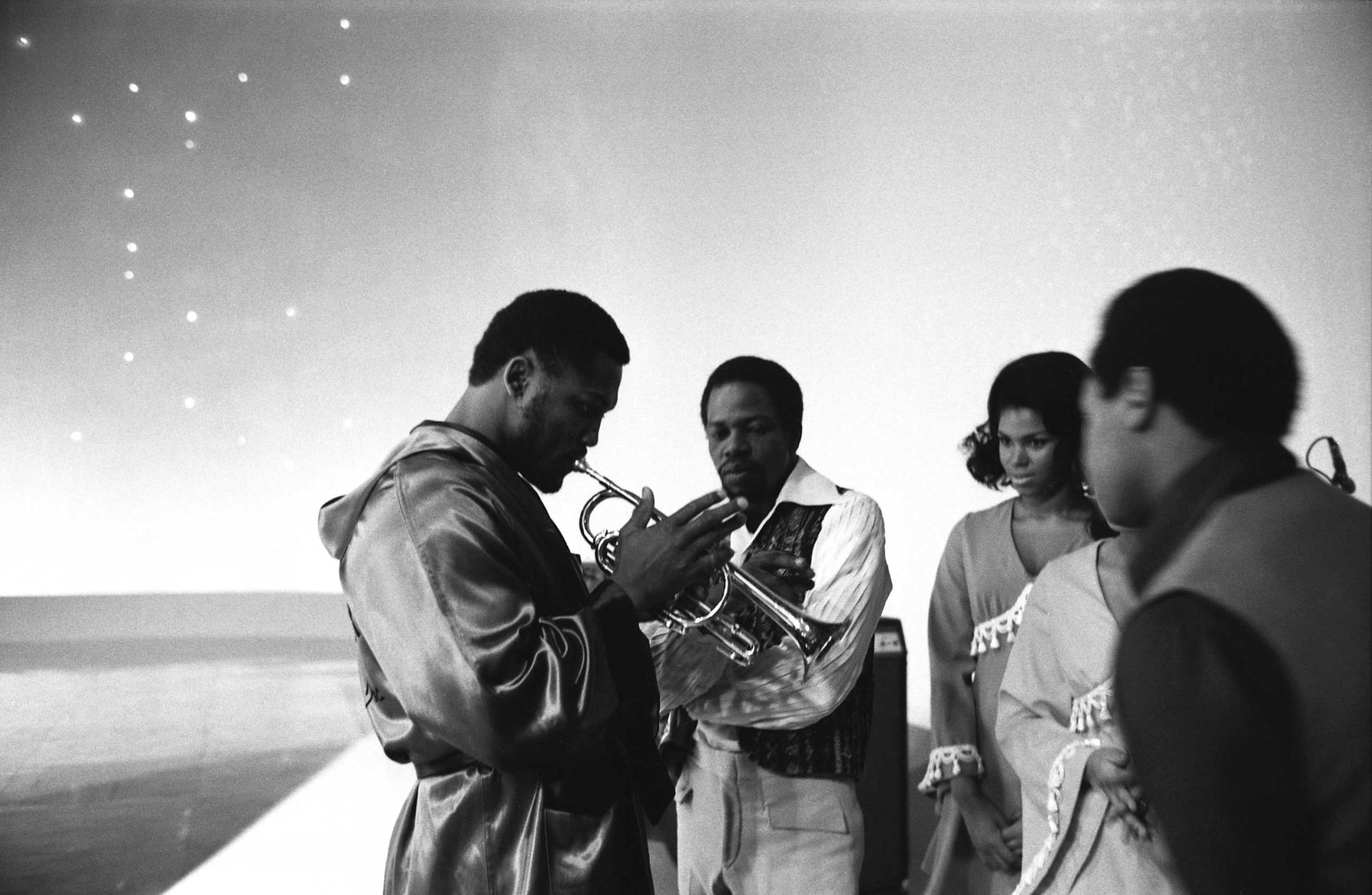
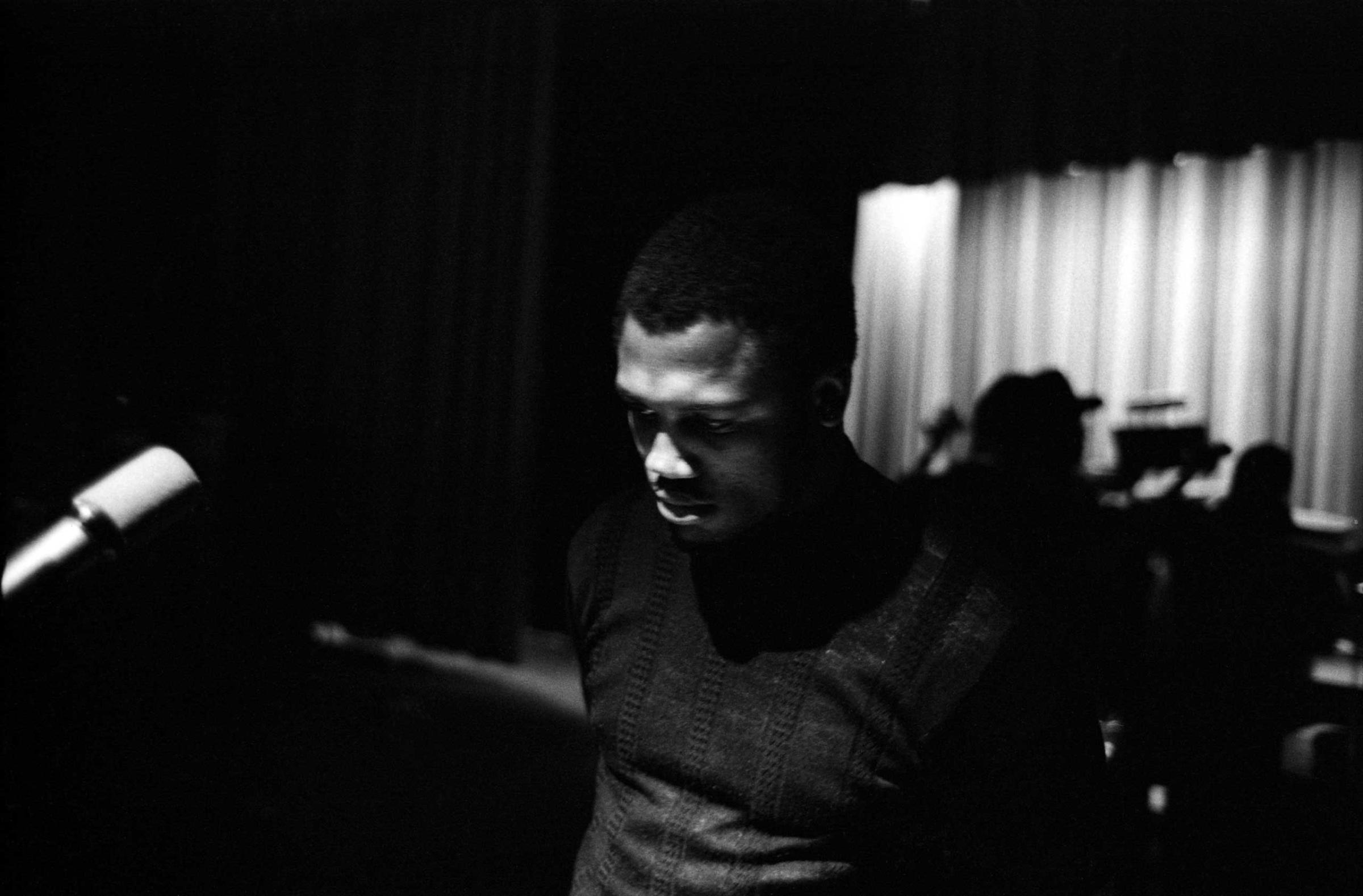
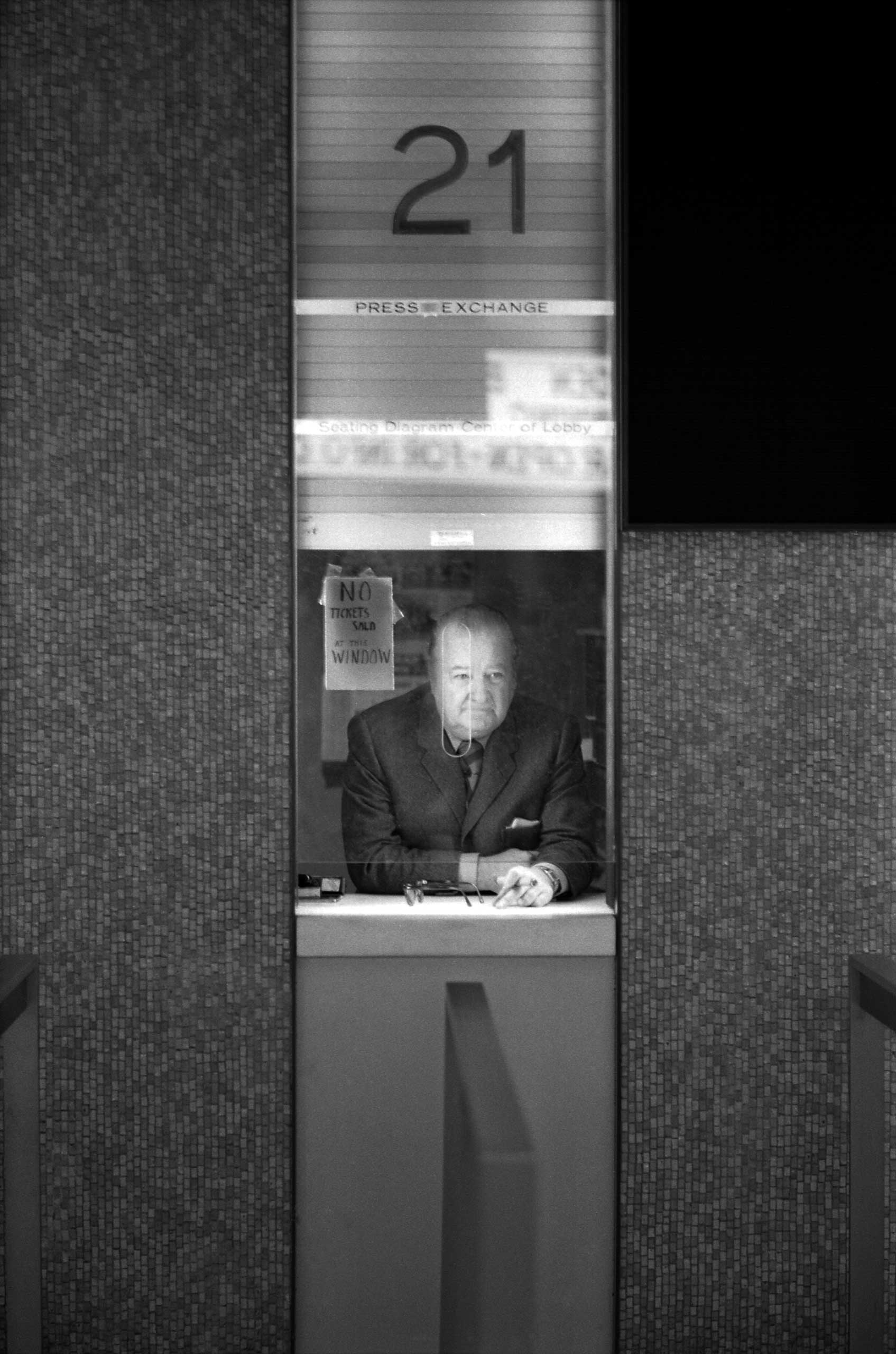
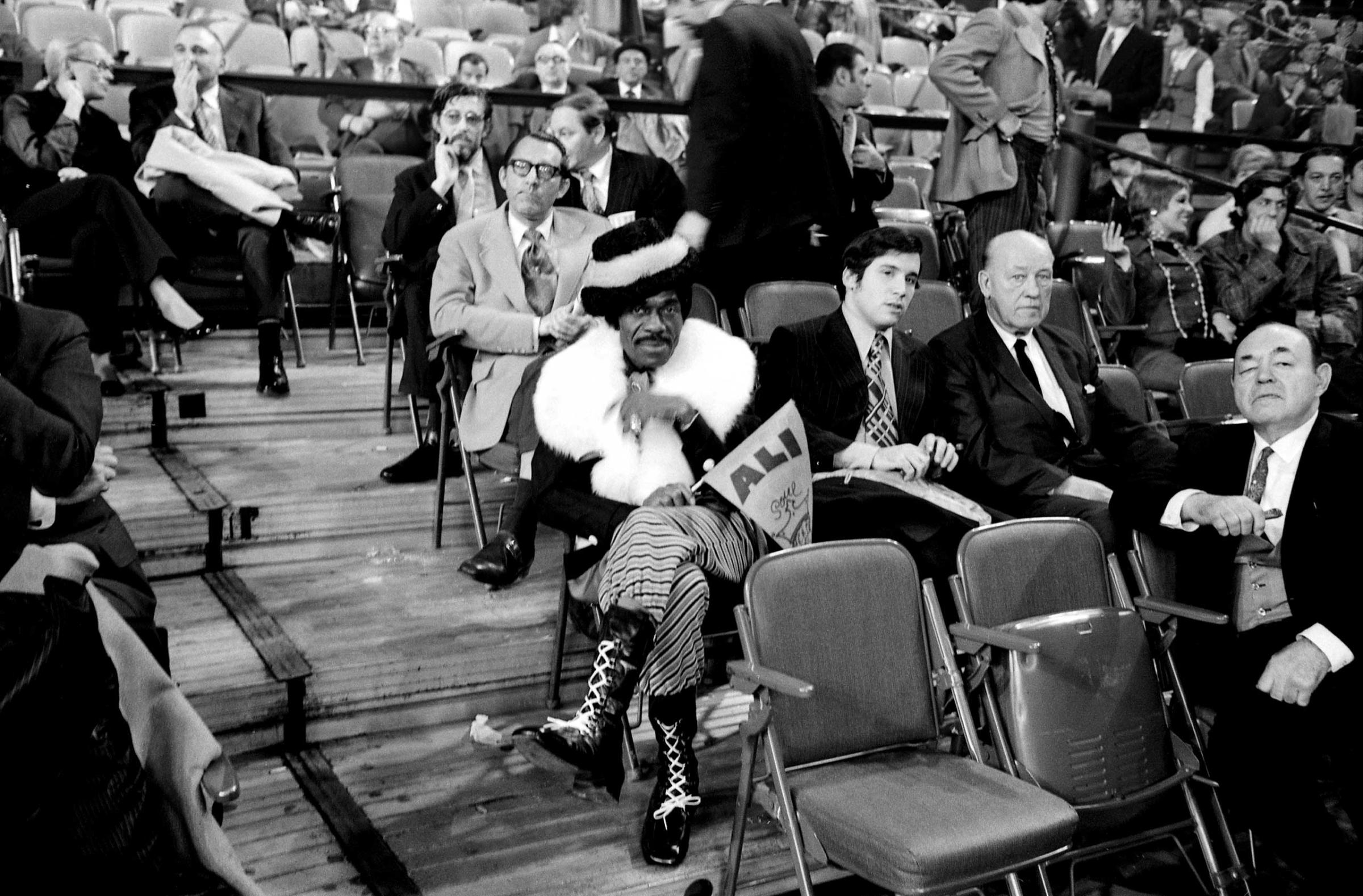


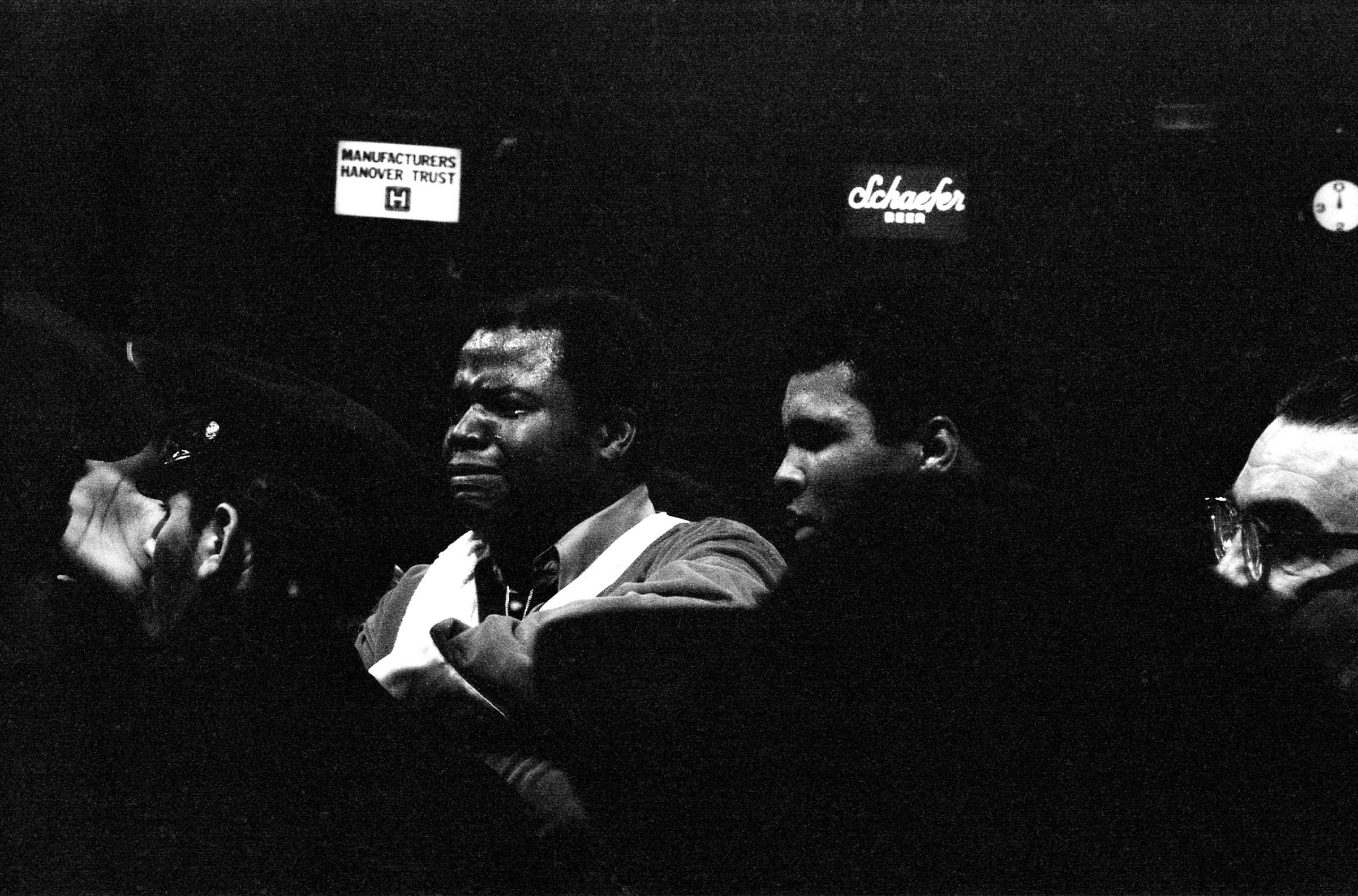
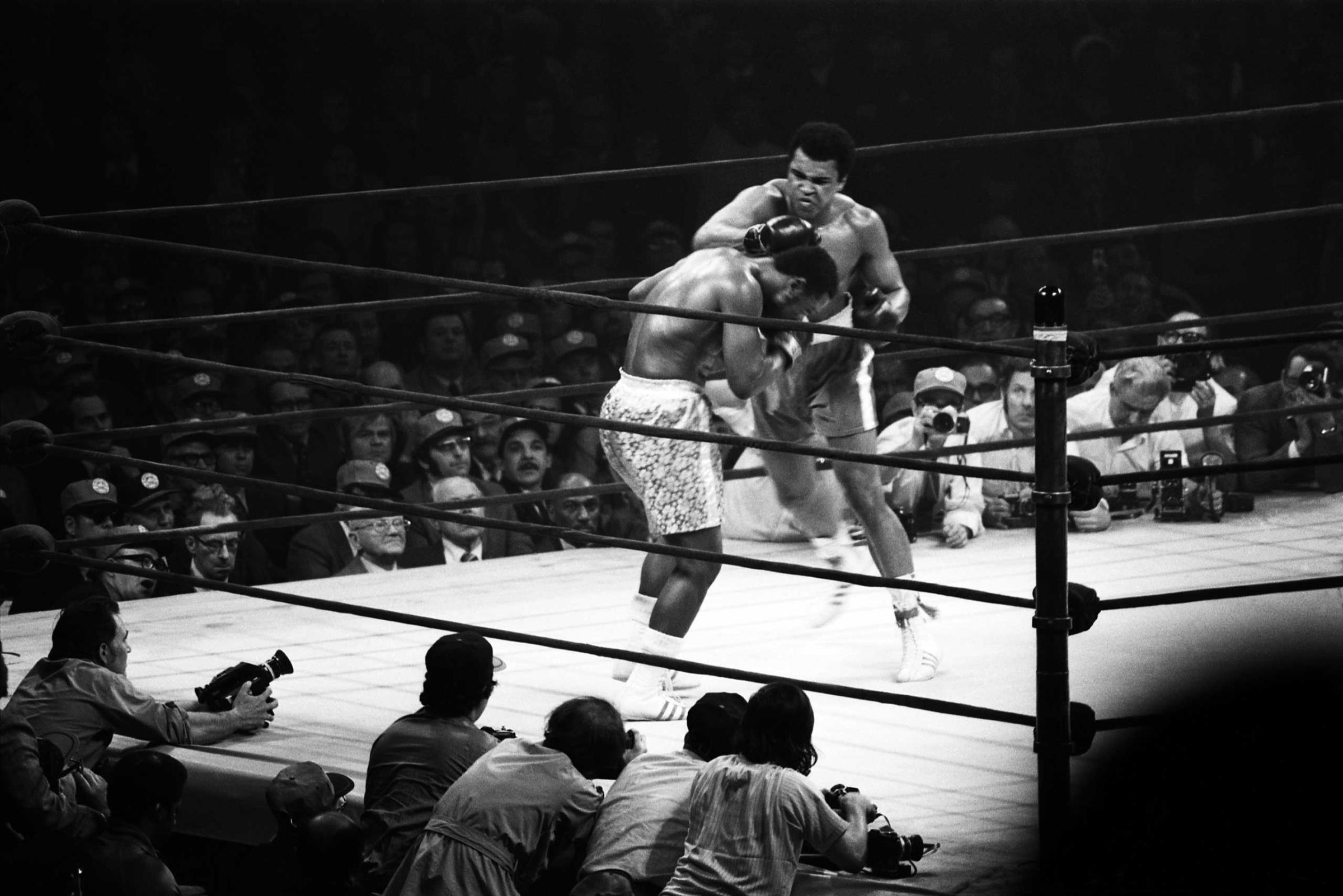
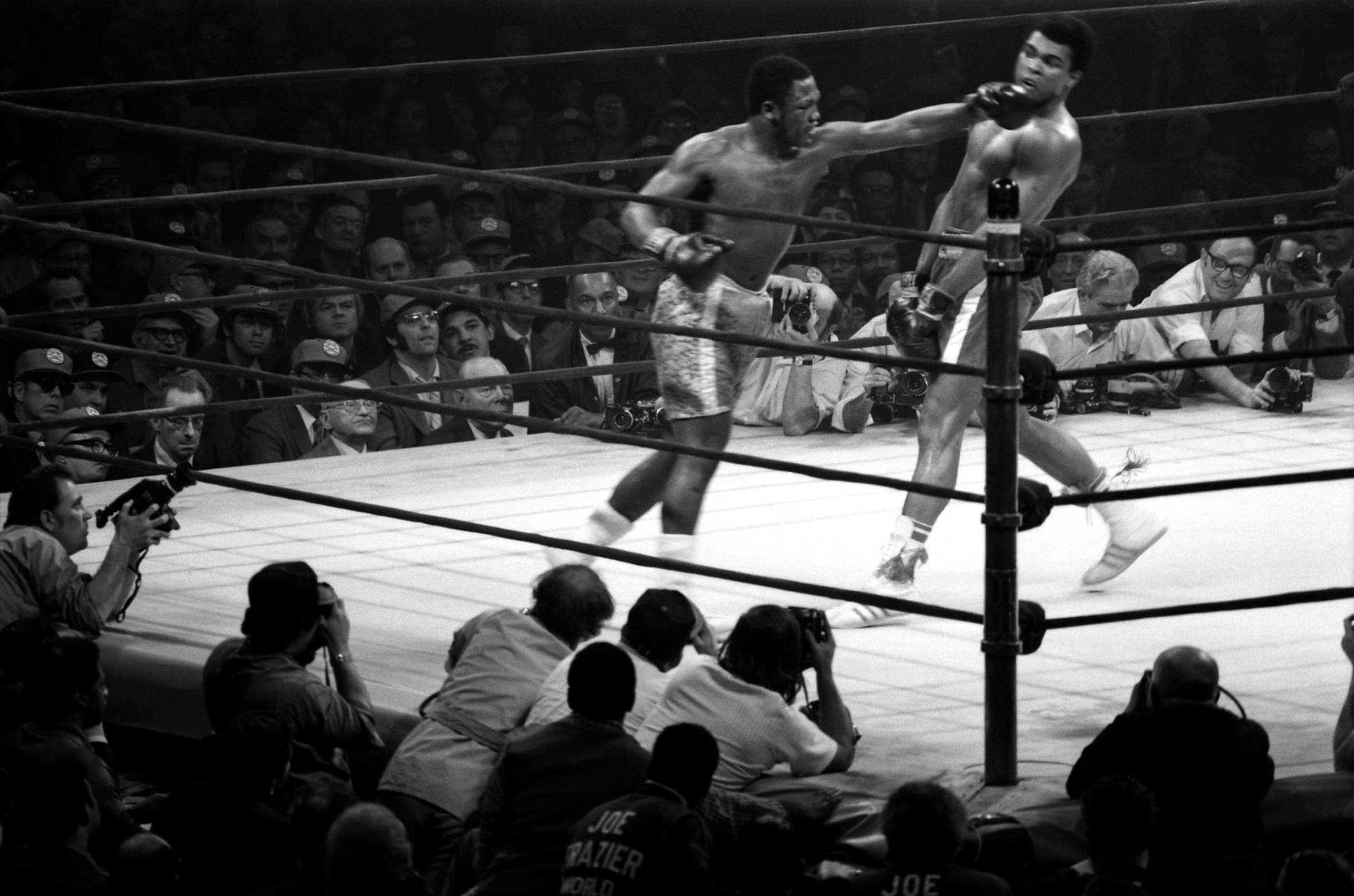
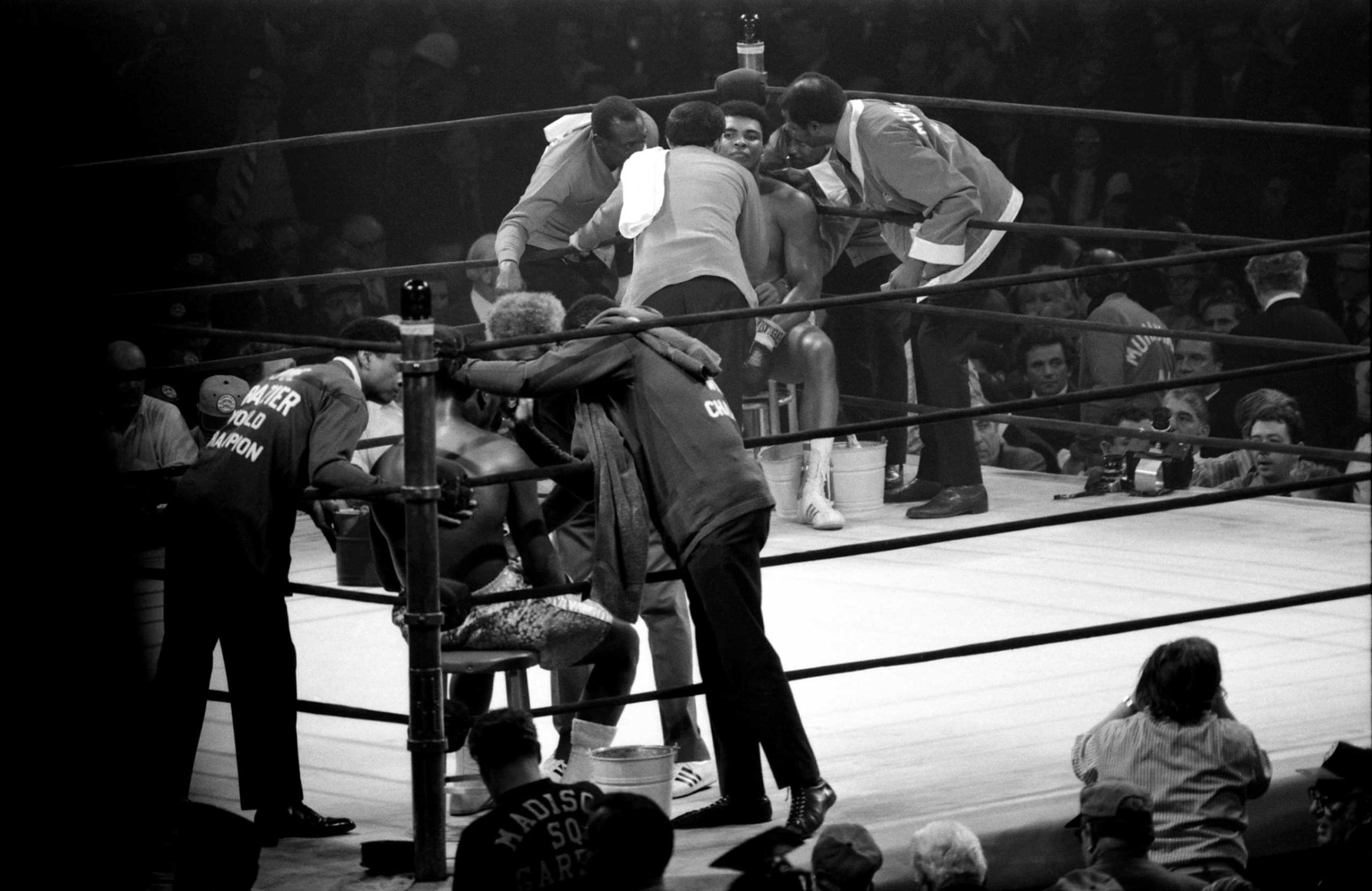
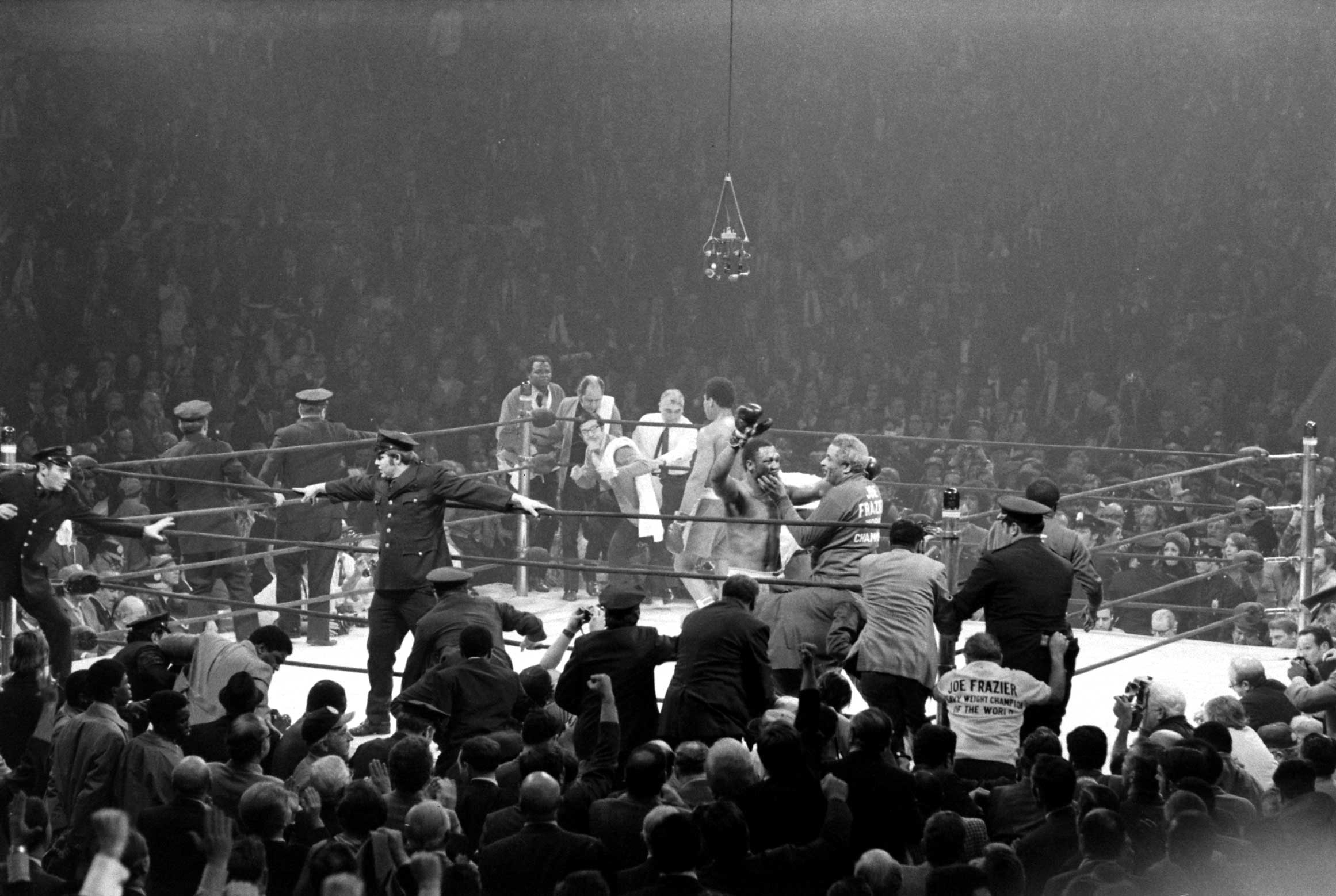
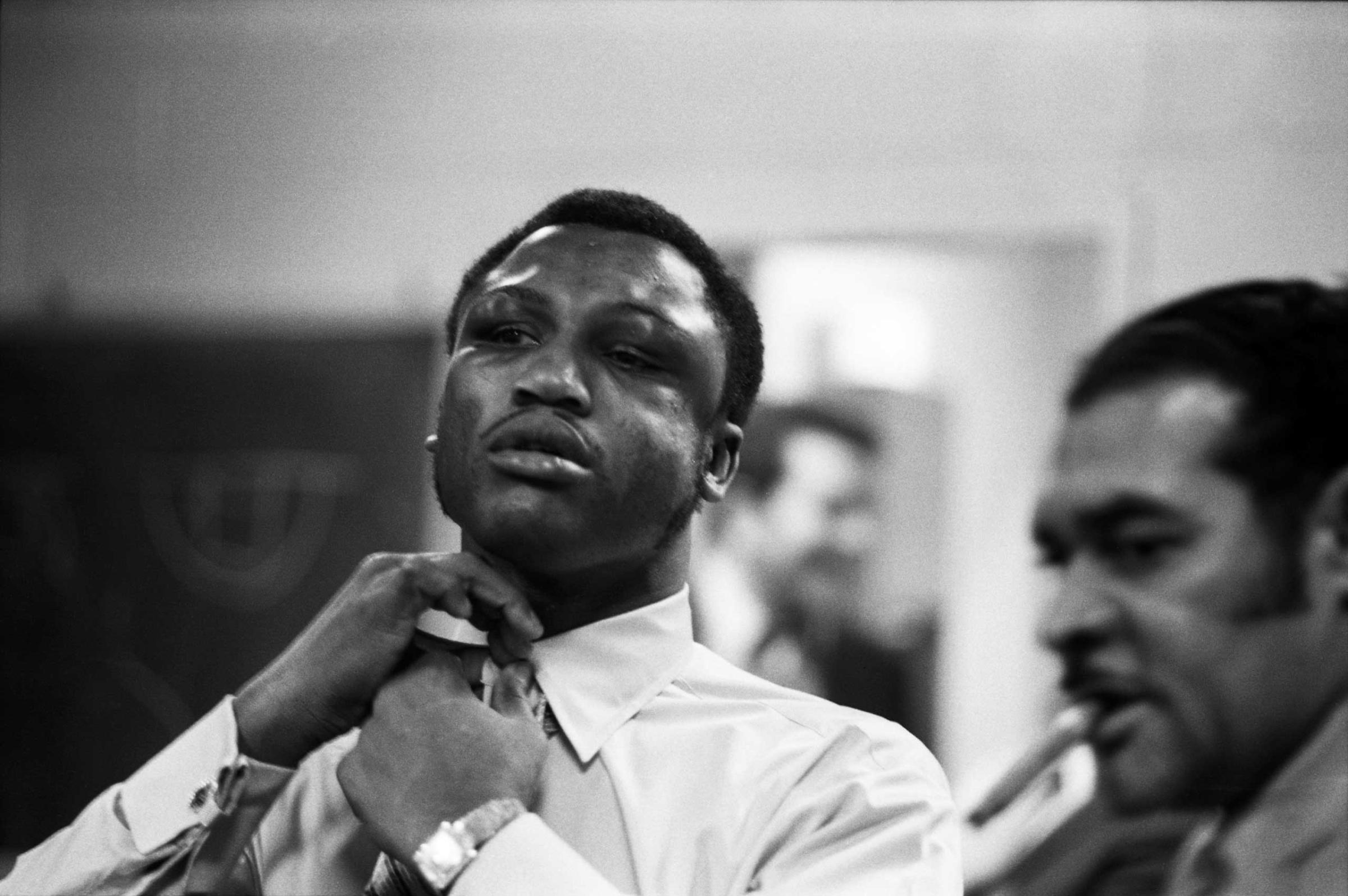
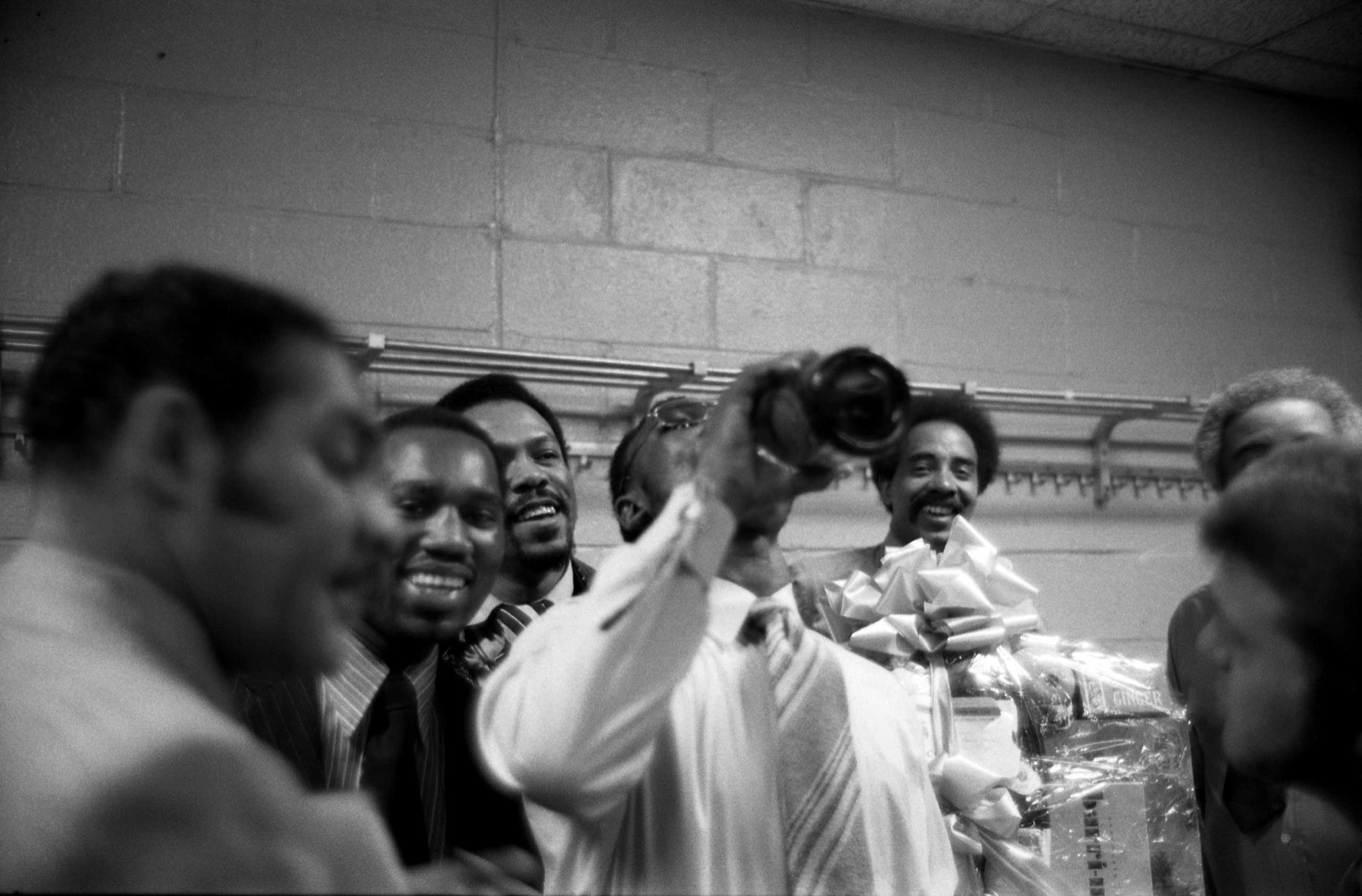



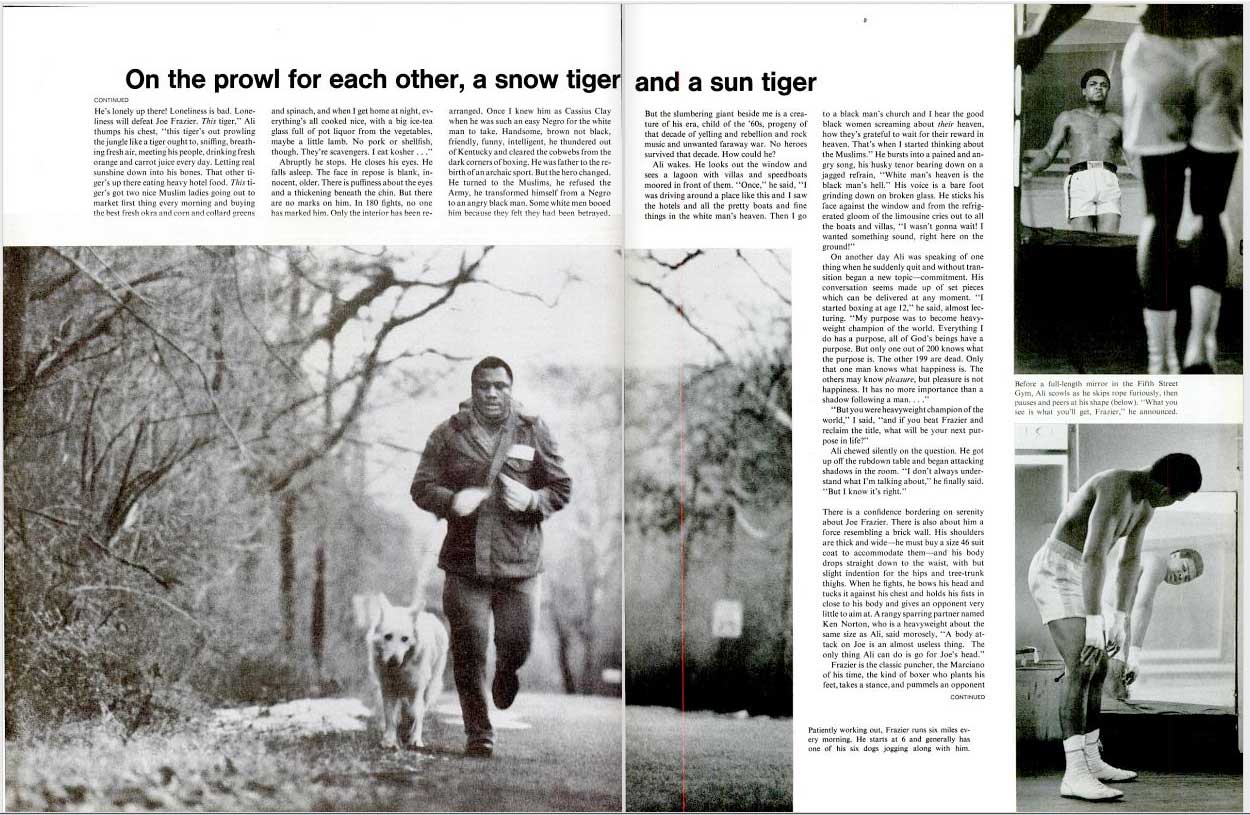

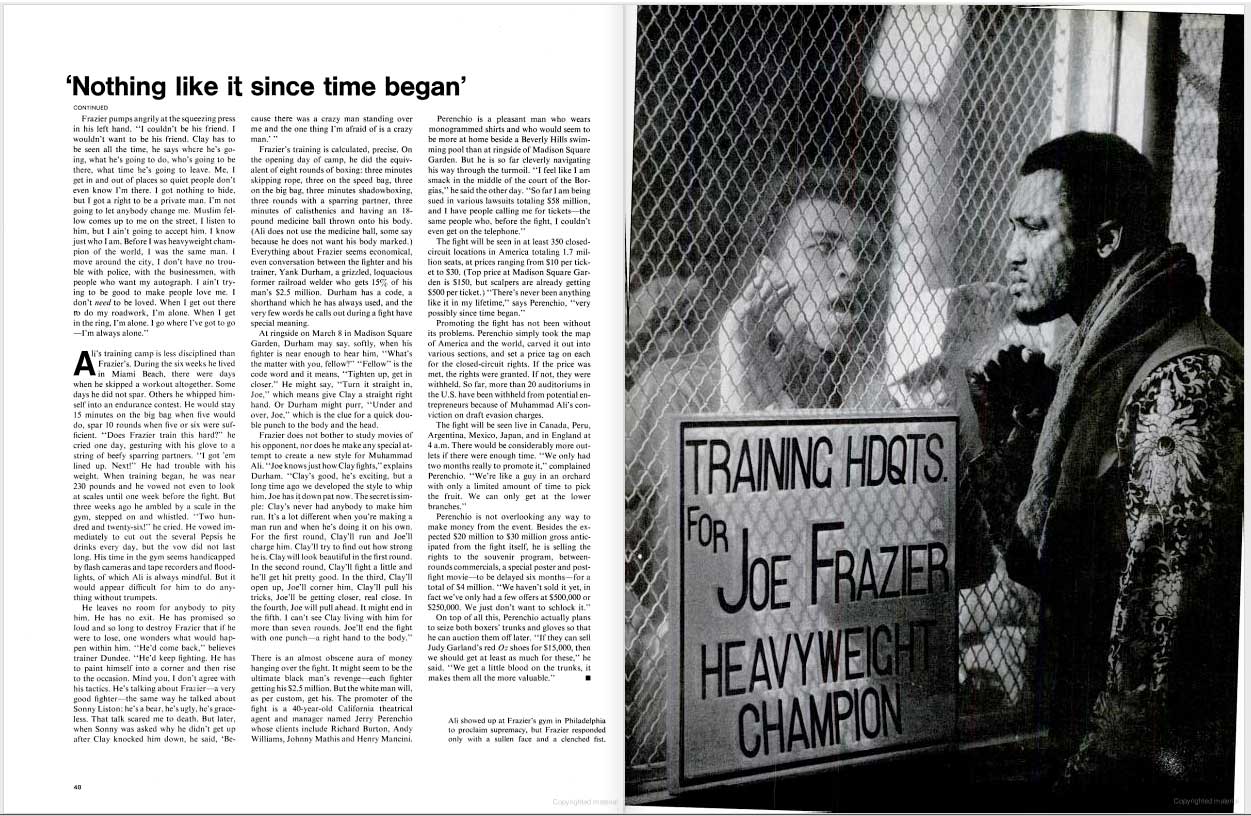
More Must-Reads from TIME
- Why Trump’s Message Worked on Latino Men
- What Trump’s Win Could Mean for Housing
- The 100 Must-Read Books of 2024
- Sleep Doctors Share the 1 Tip That’s Changed Their Lives
- Column: Let’s Bring Back Romance
- What It’s Like to Have Long COVID As a Kid
- FX’s Say Nothing Is the Must-Watch Political Thriller of 2024
- Merle Bombardieri Is Helping People Make the Baby Decision
Contact us at letters@time.com